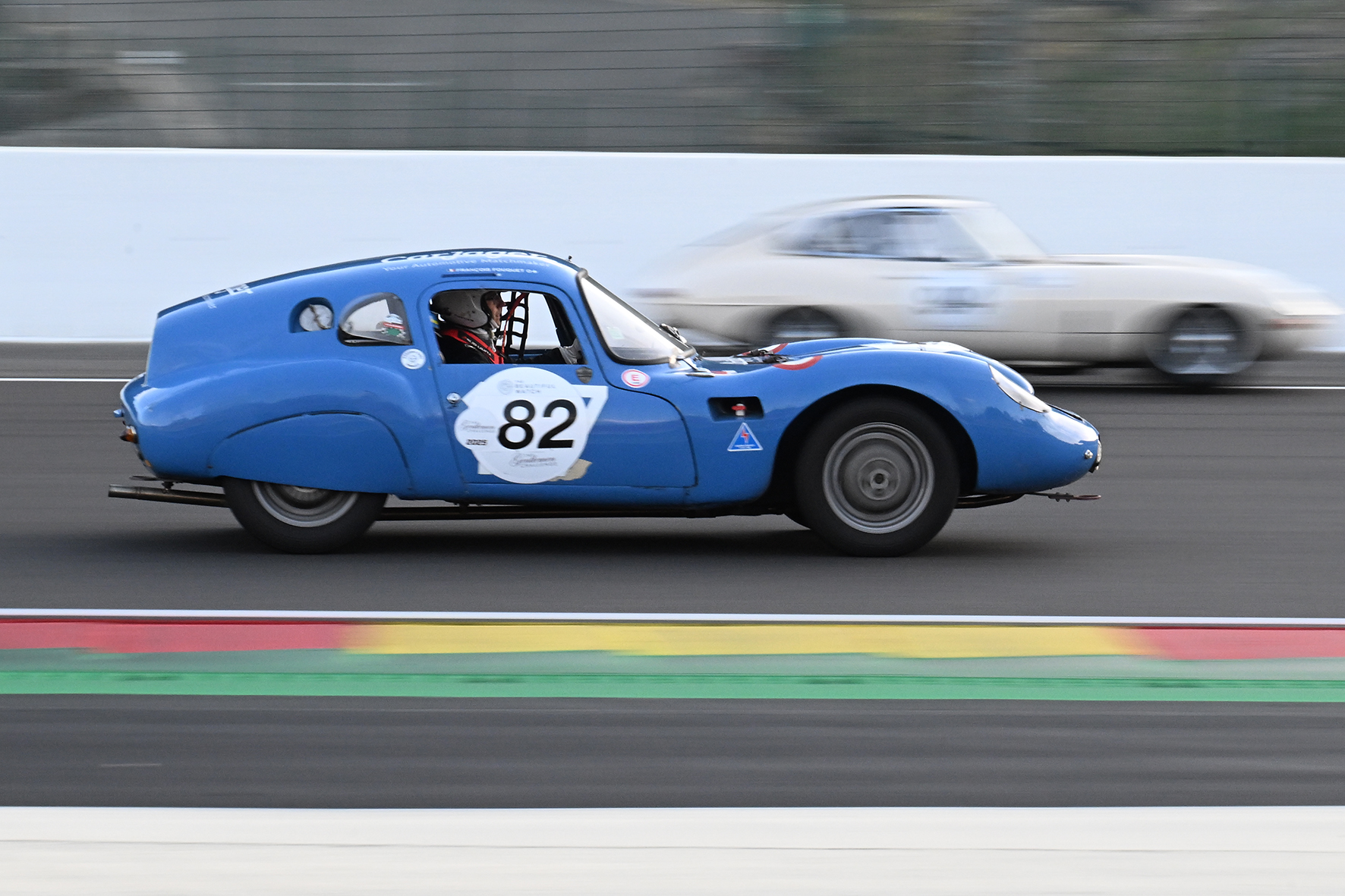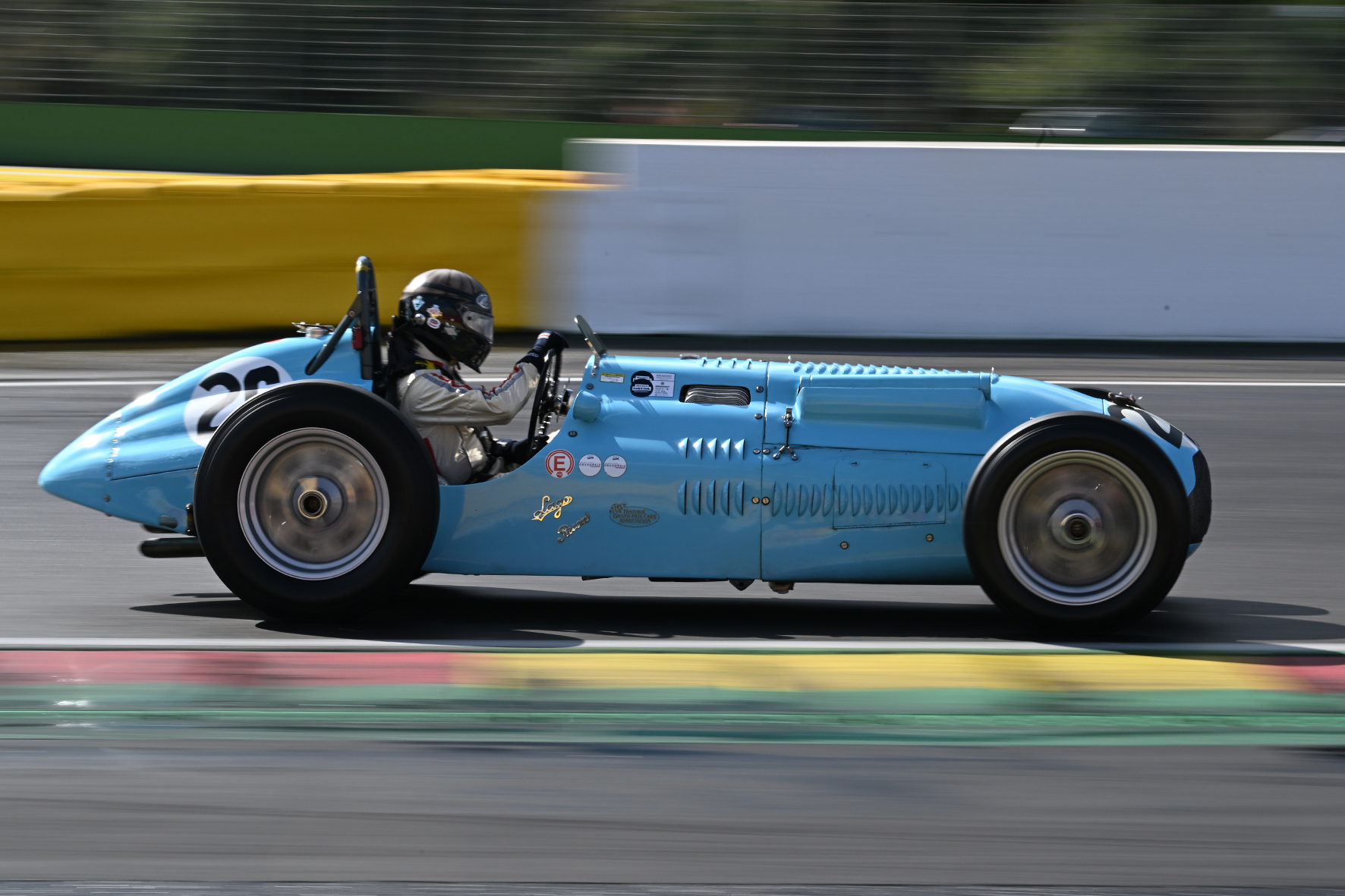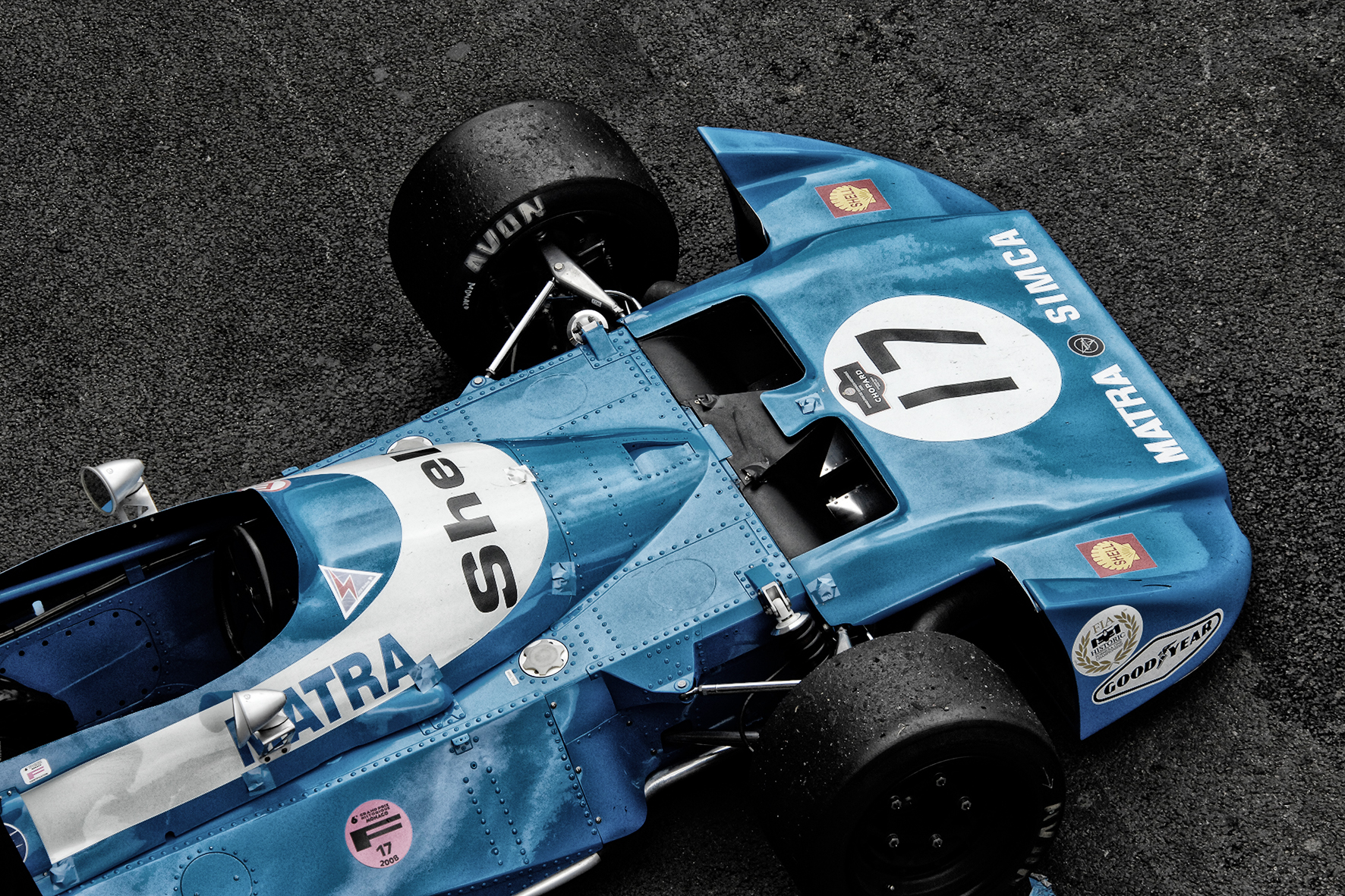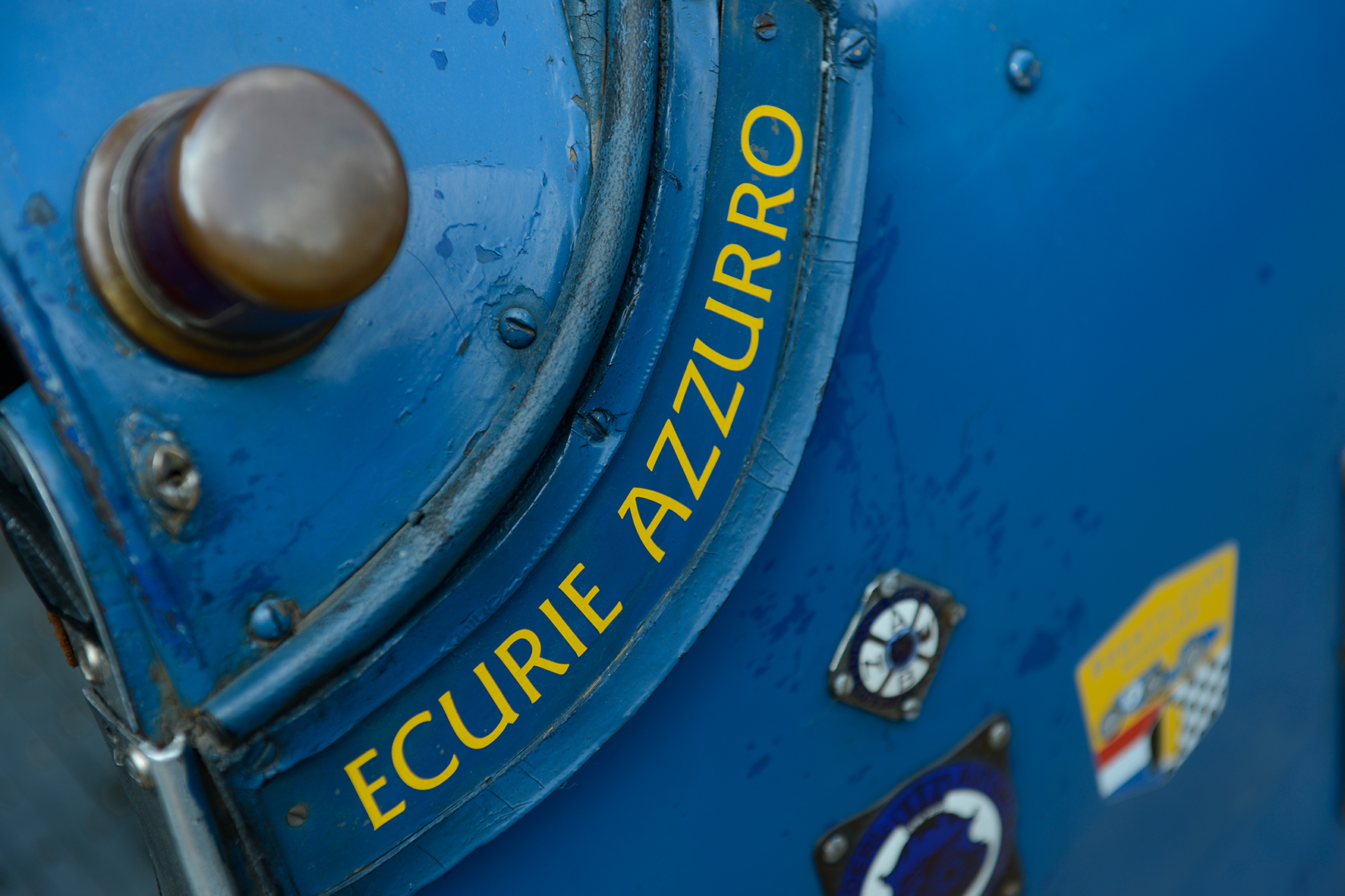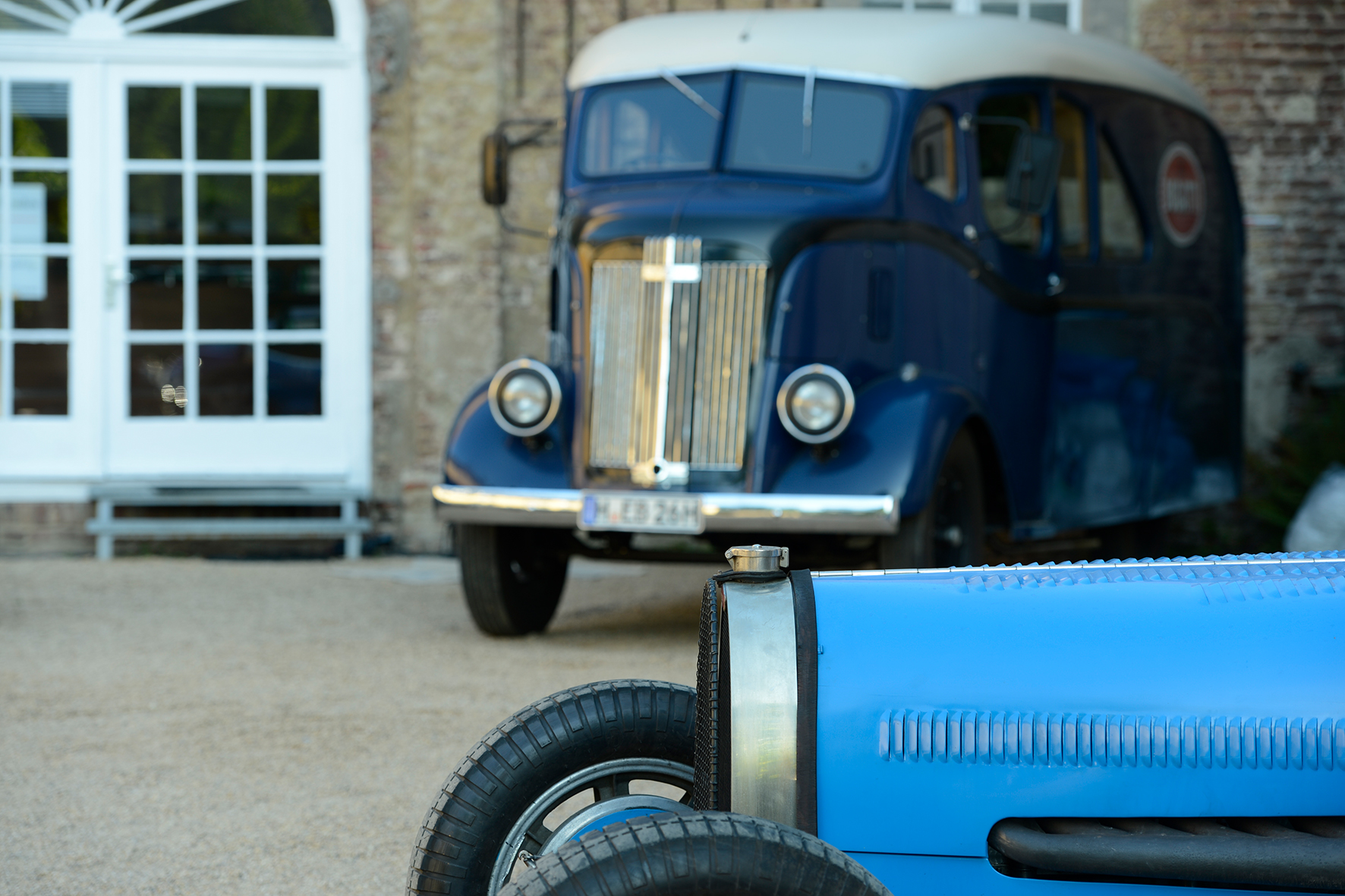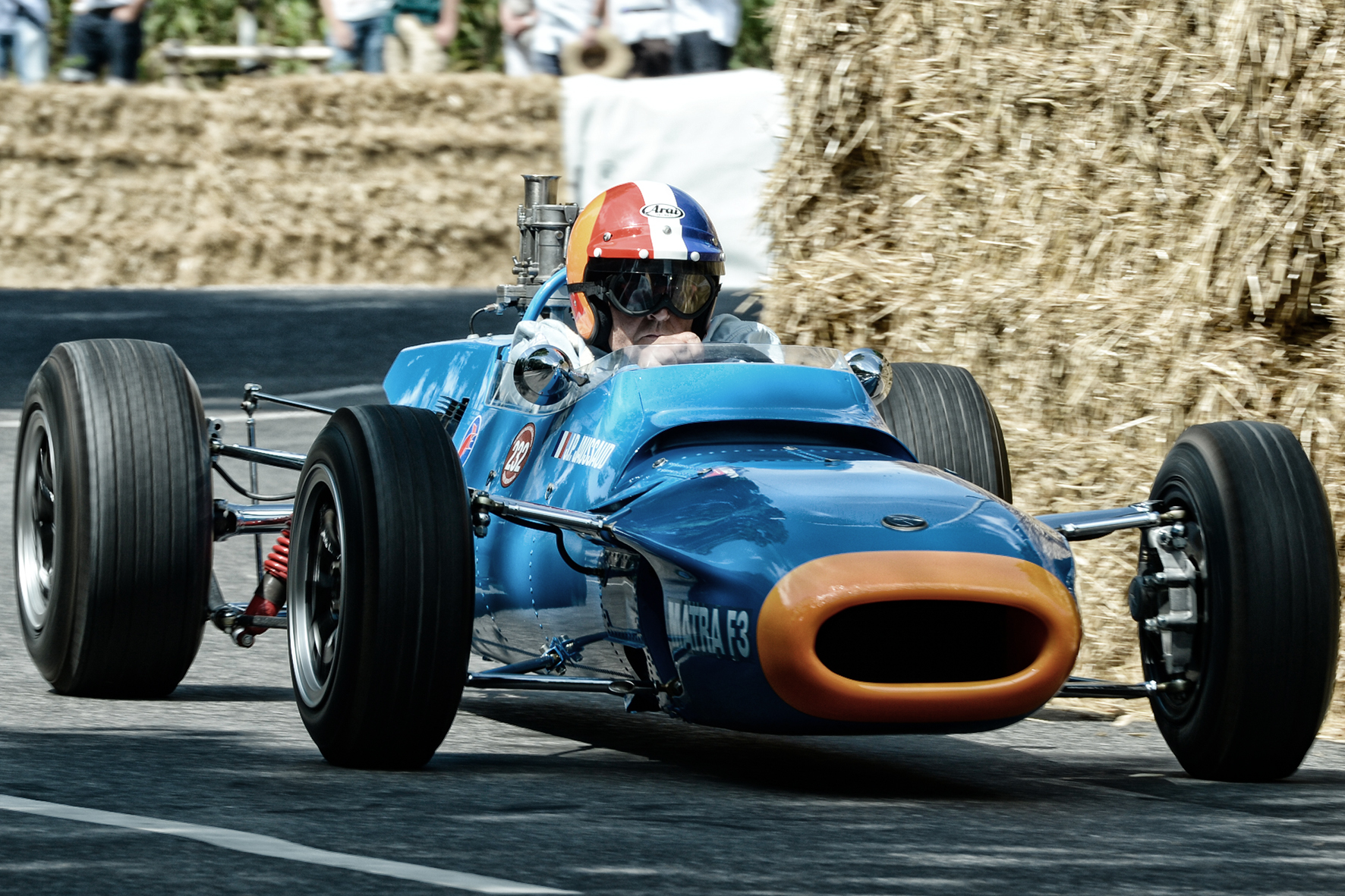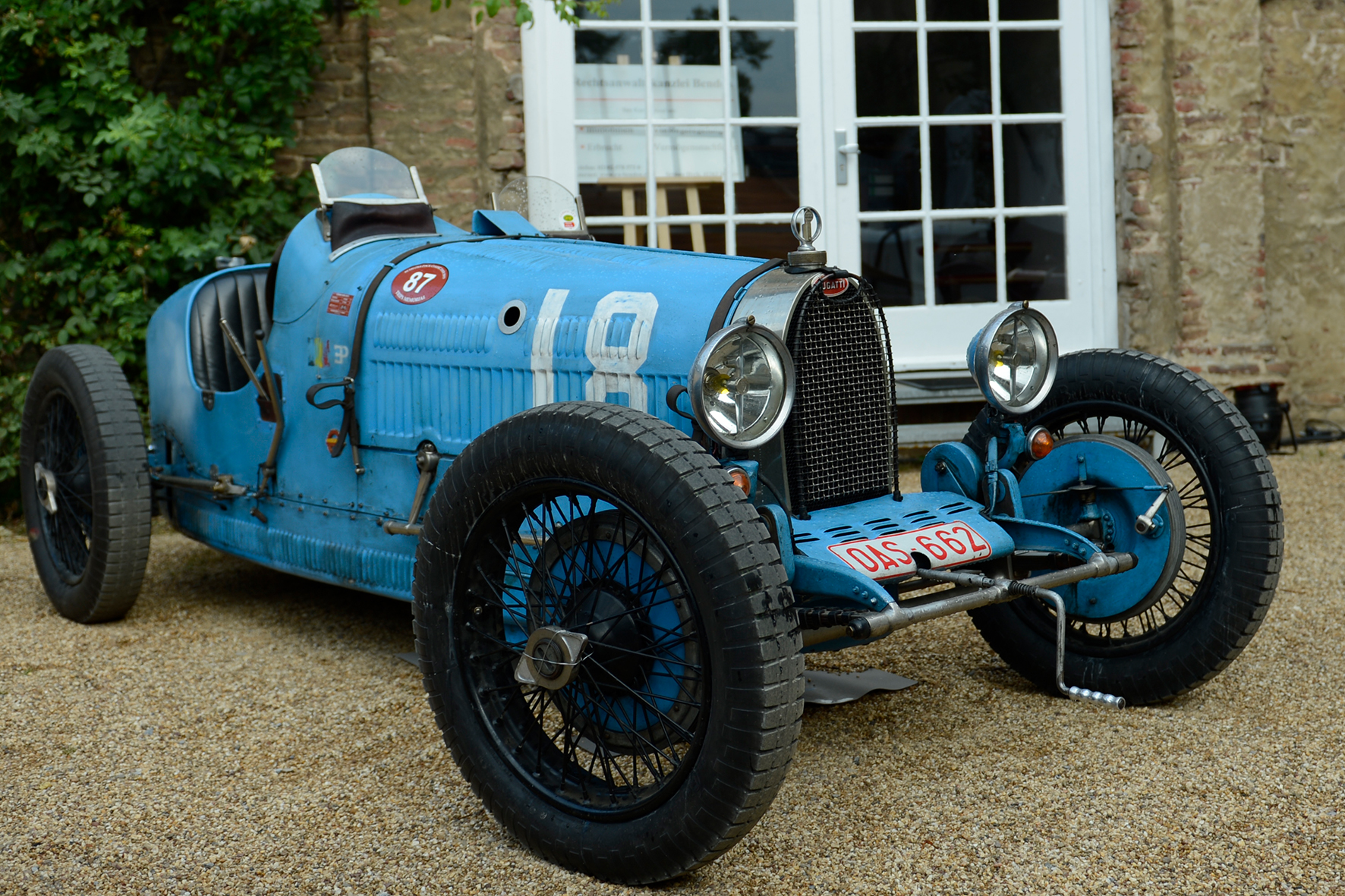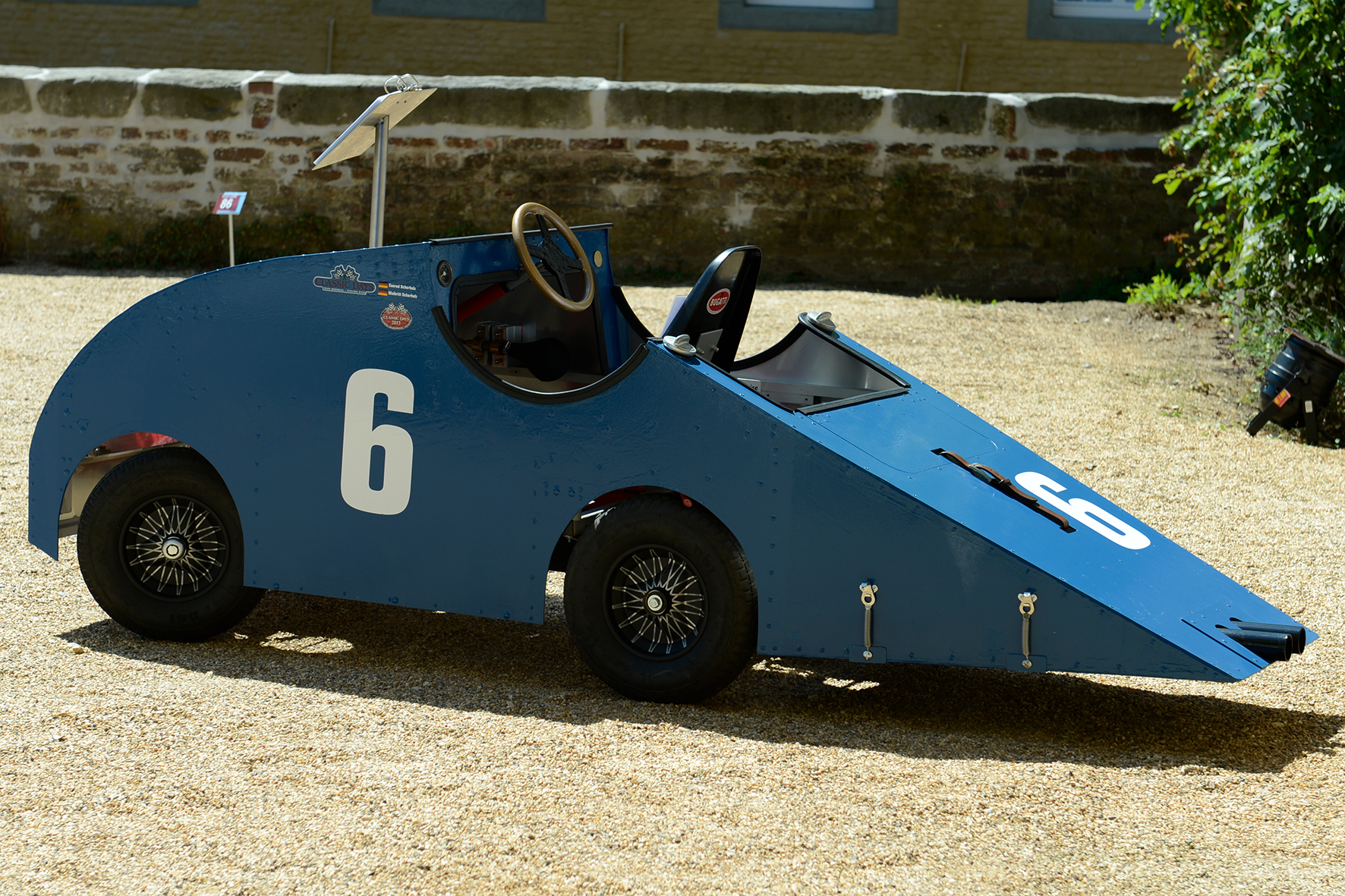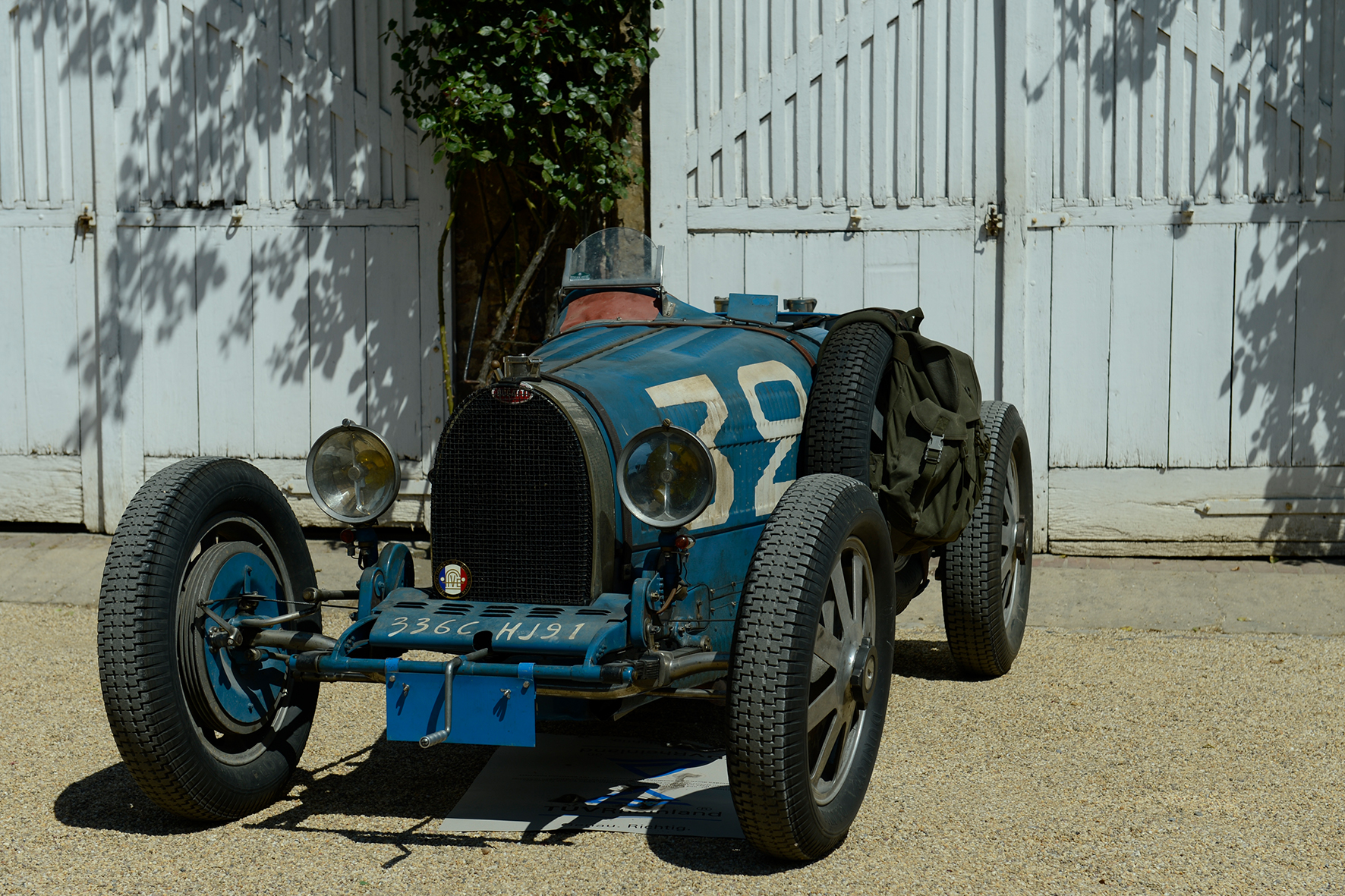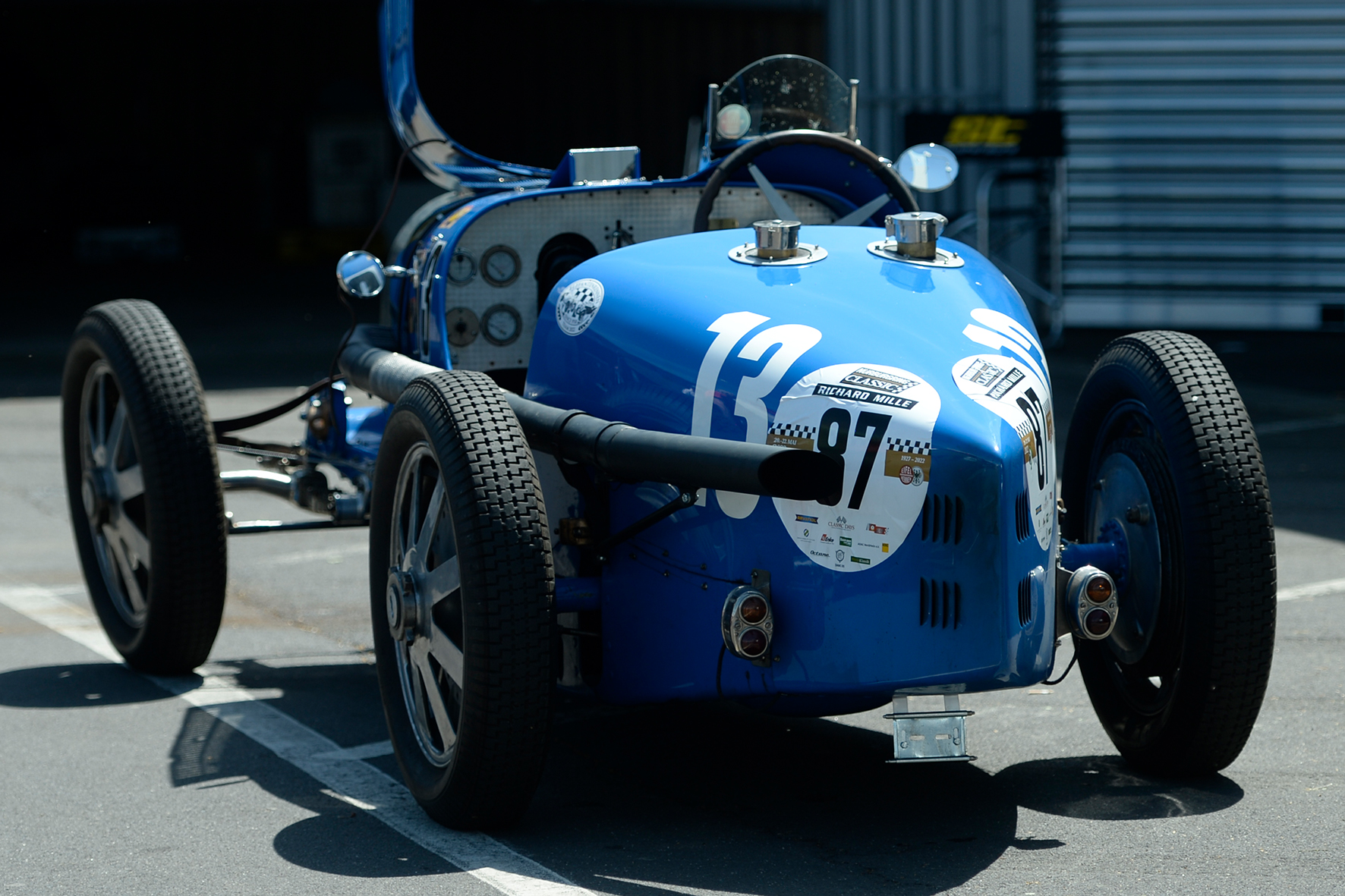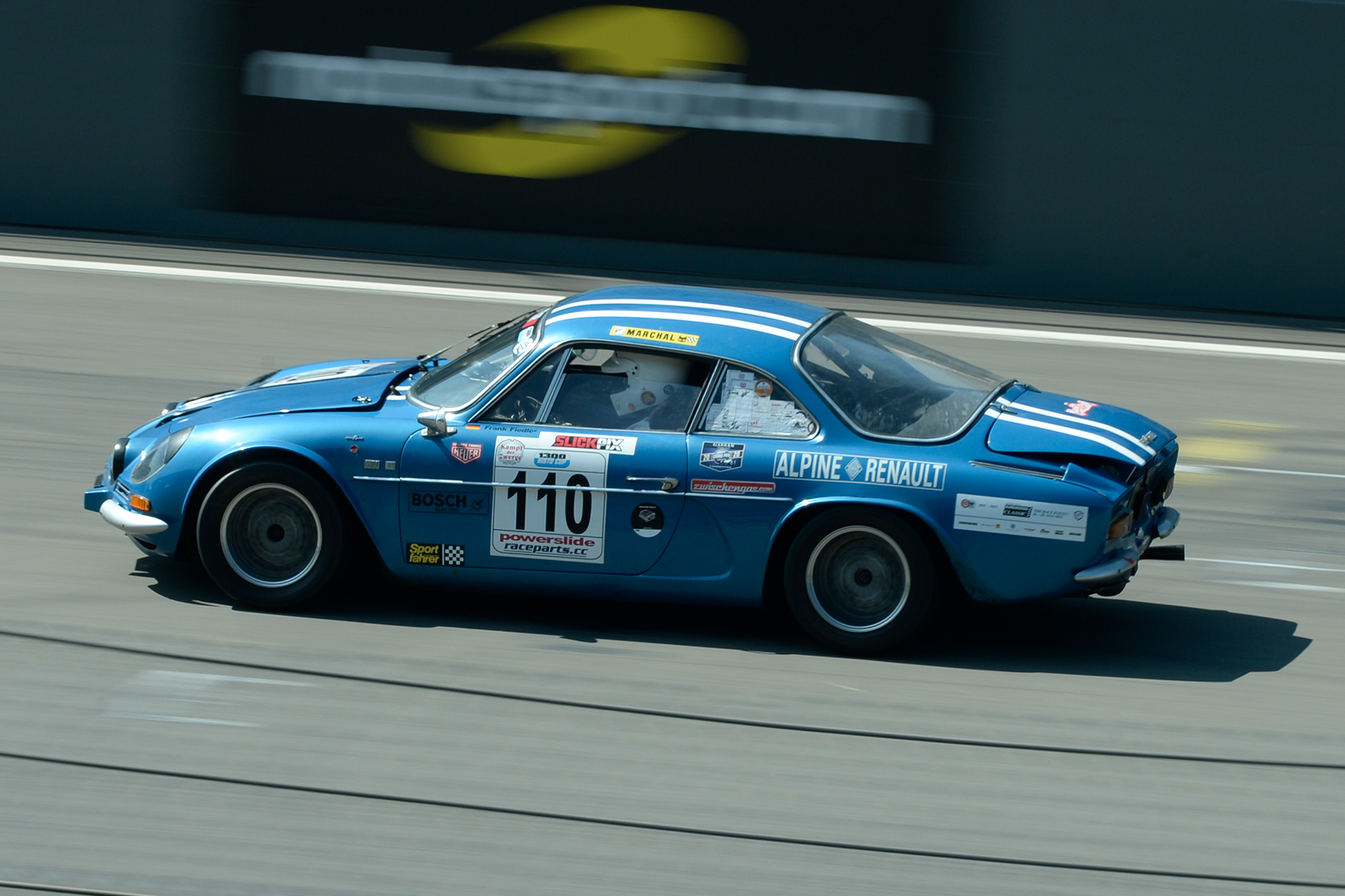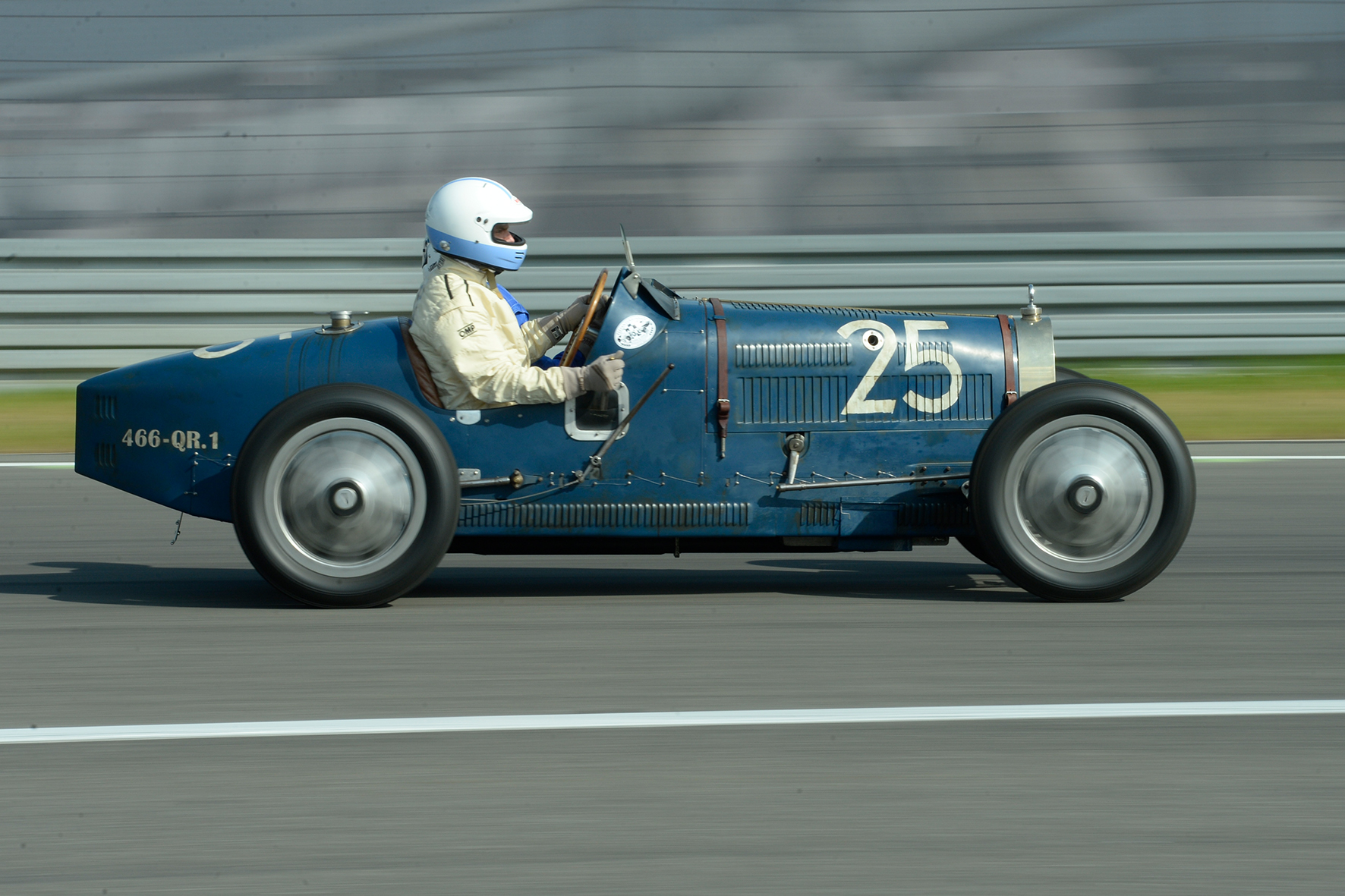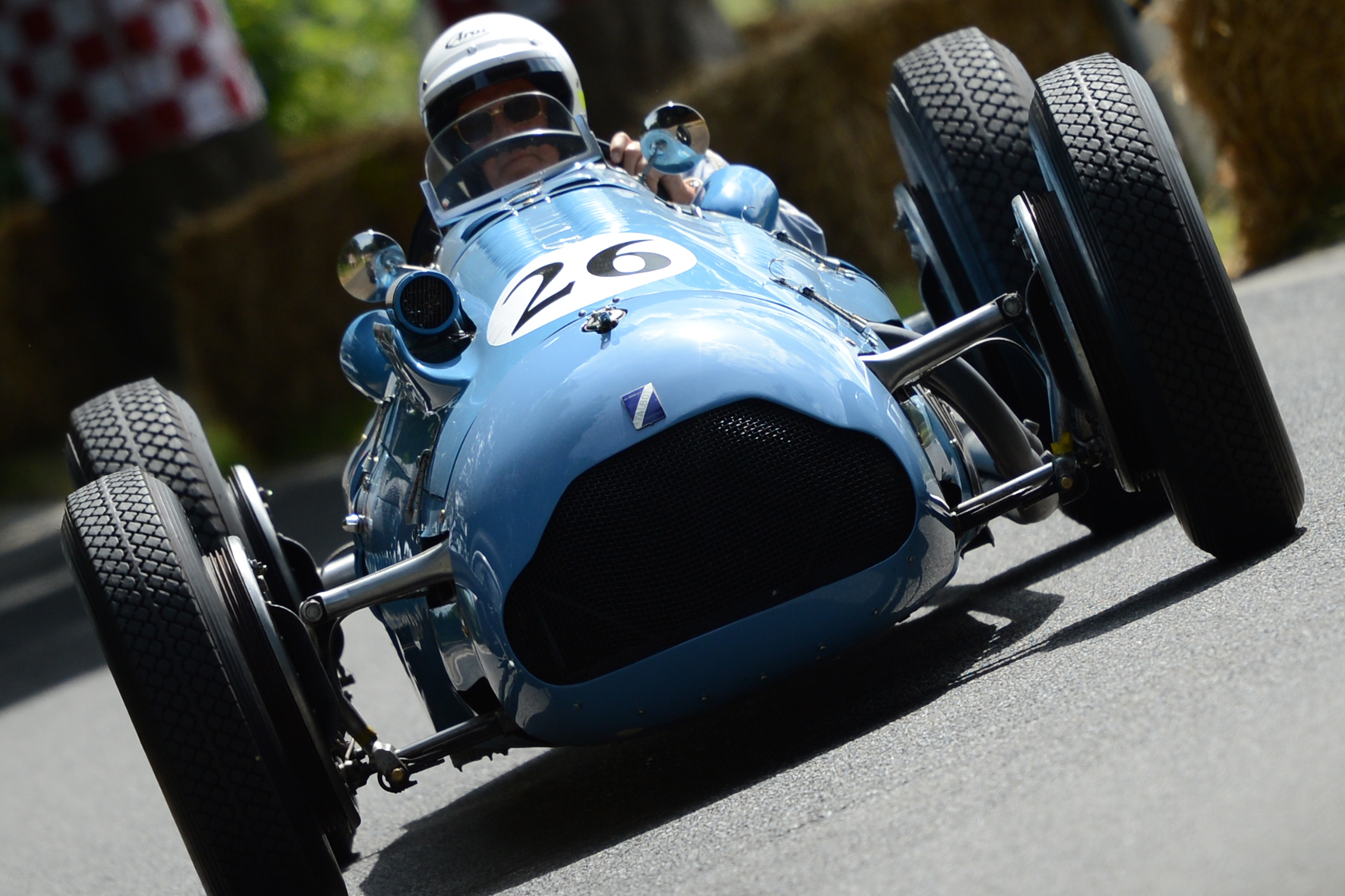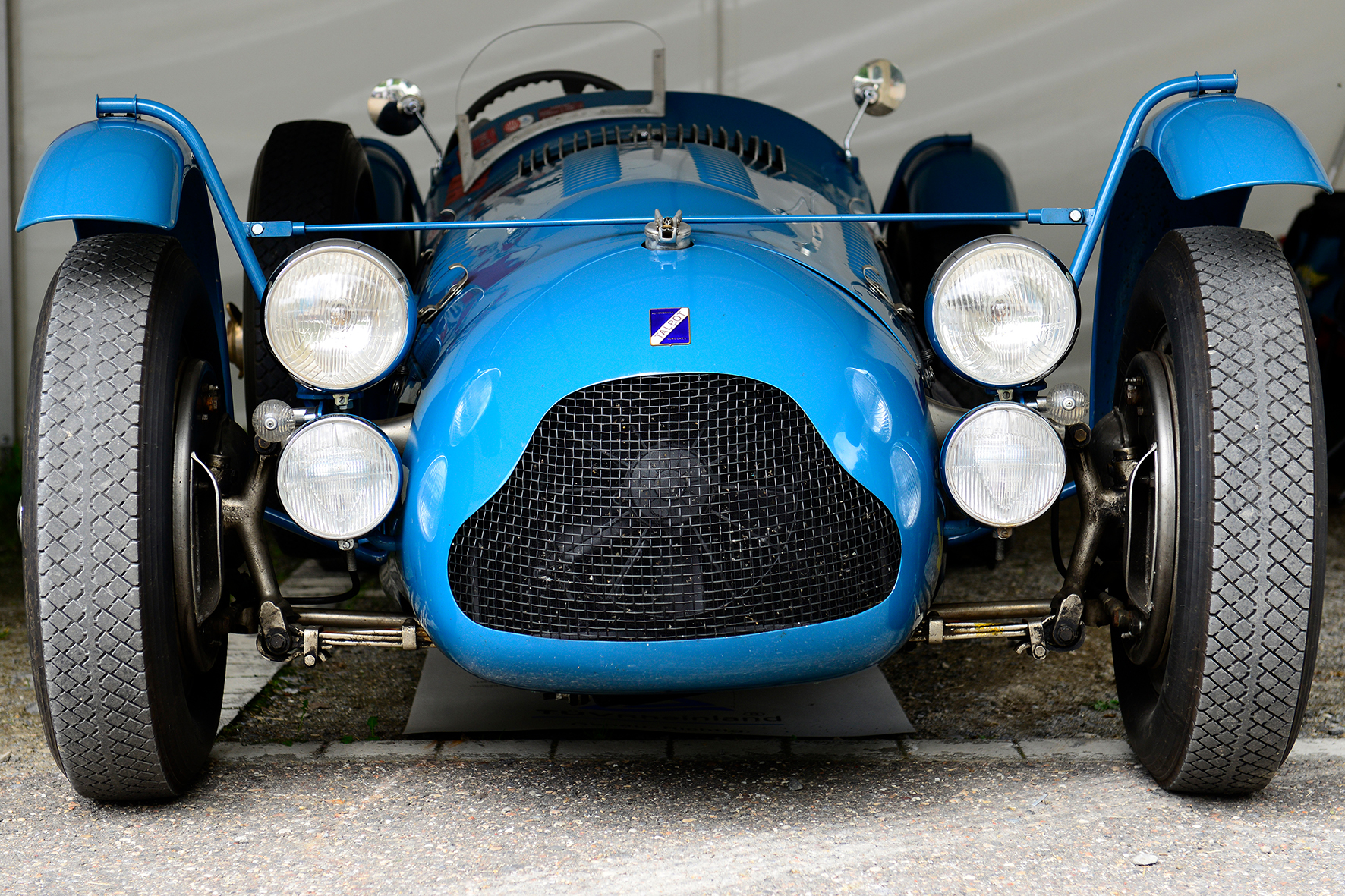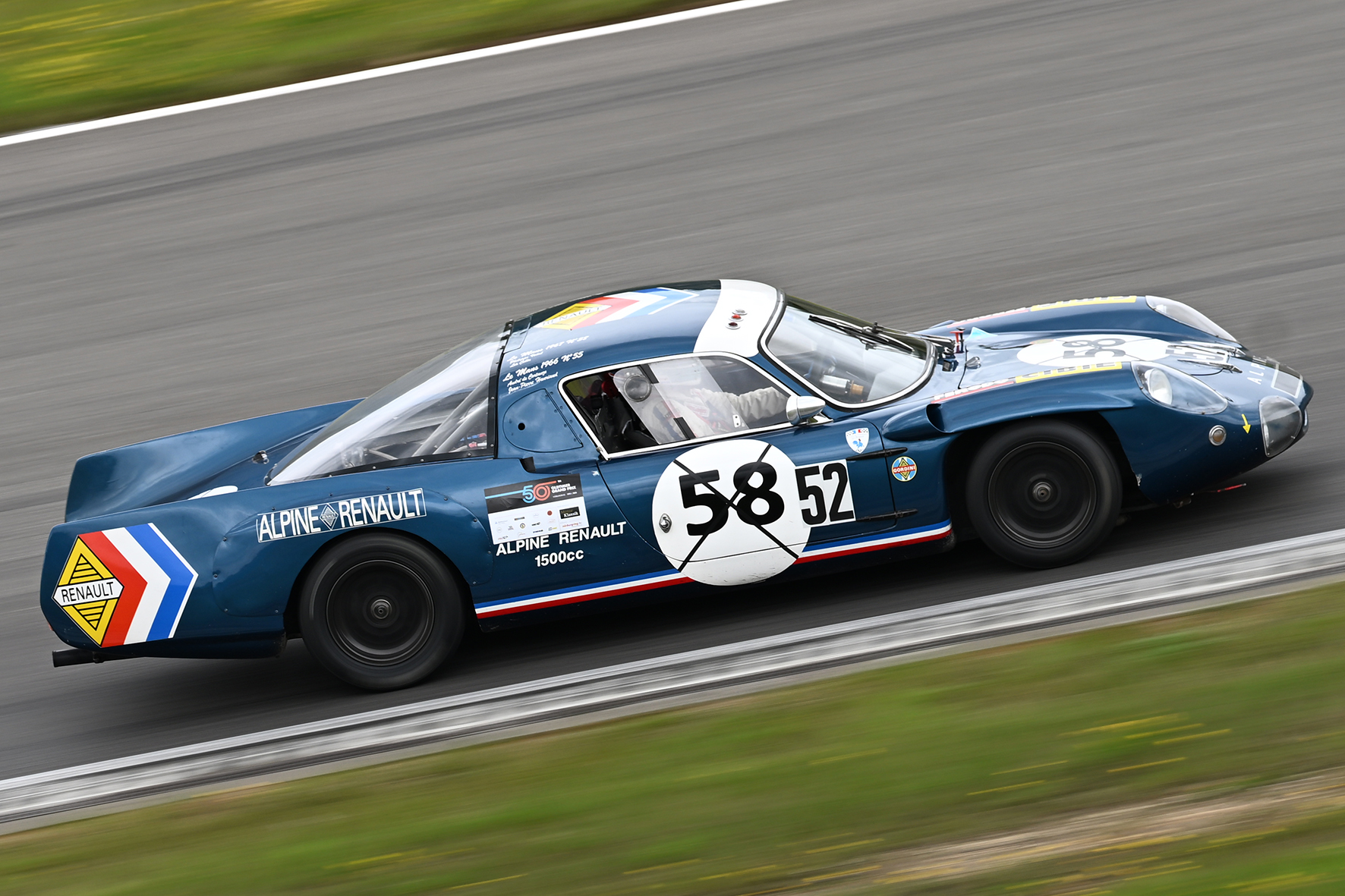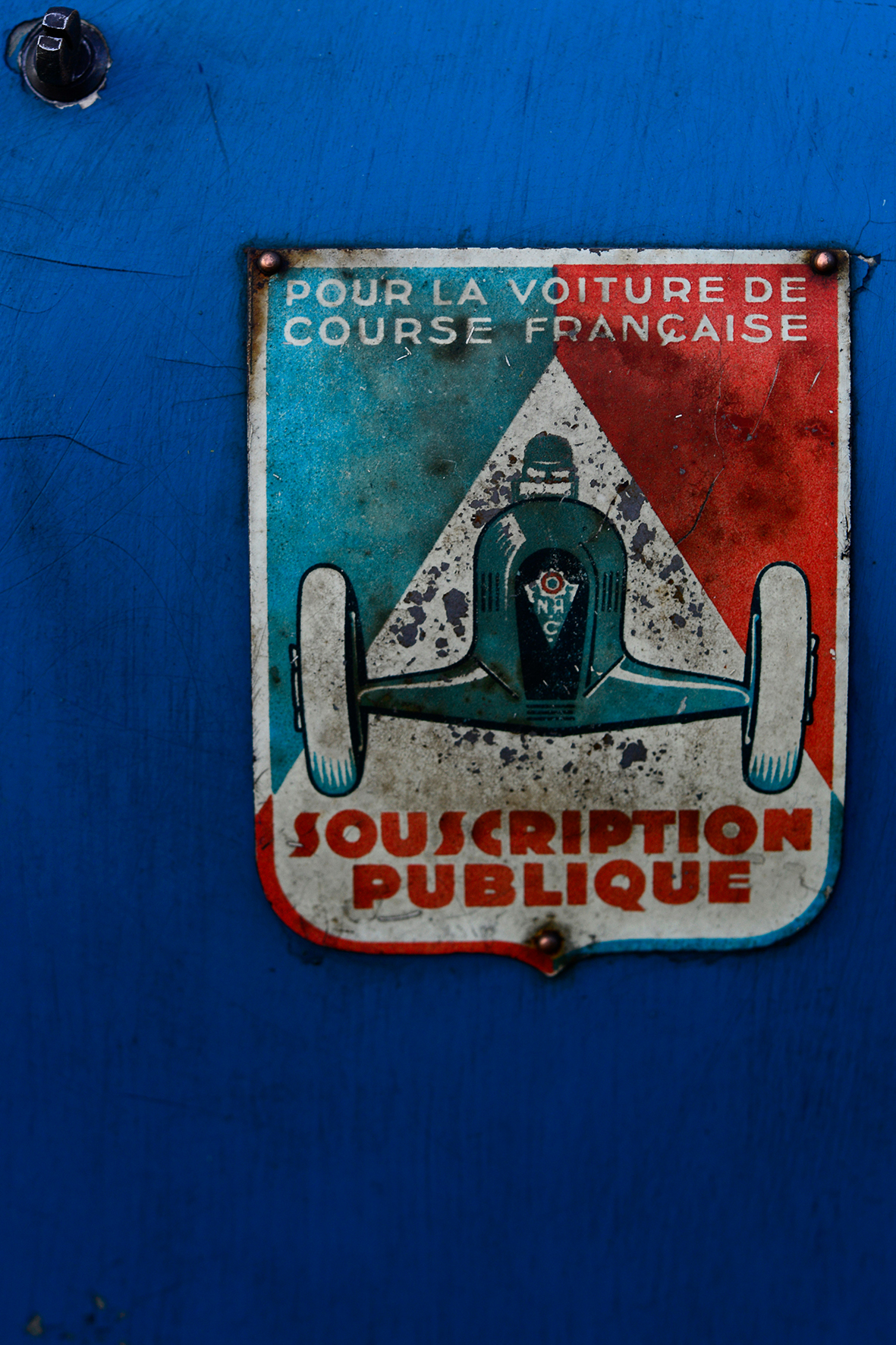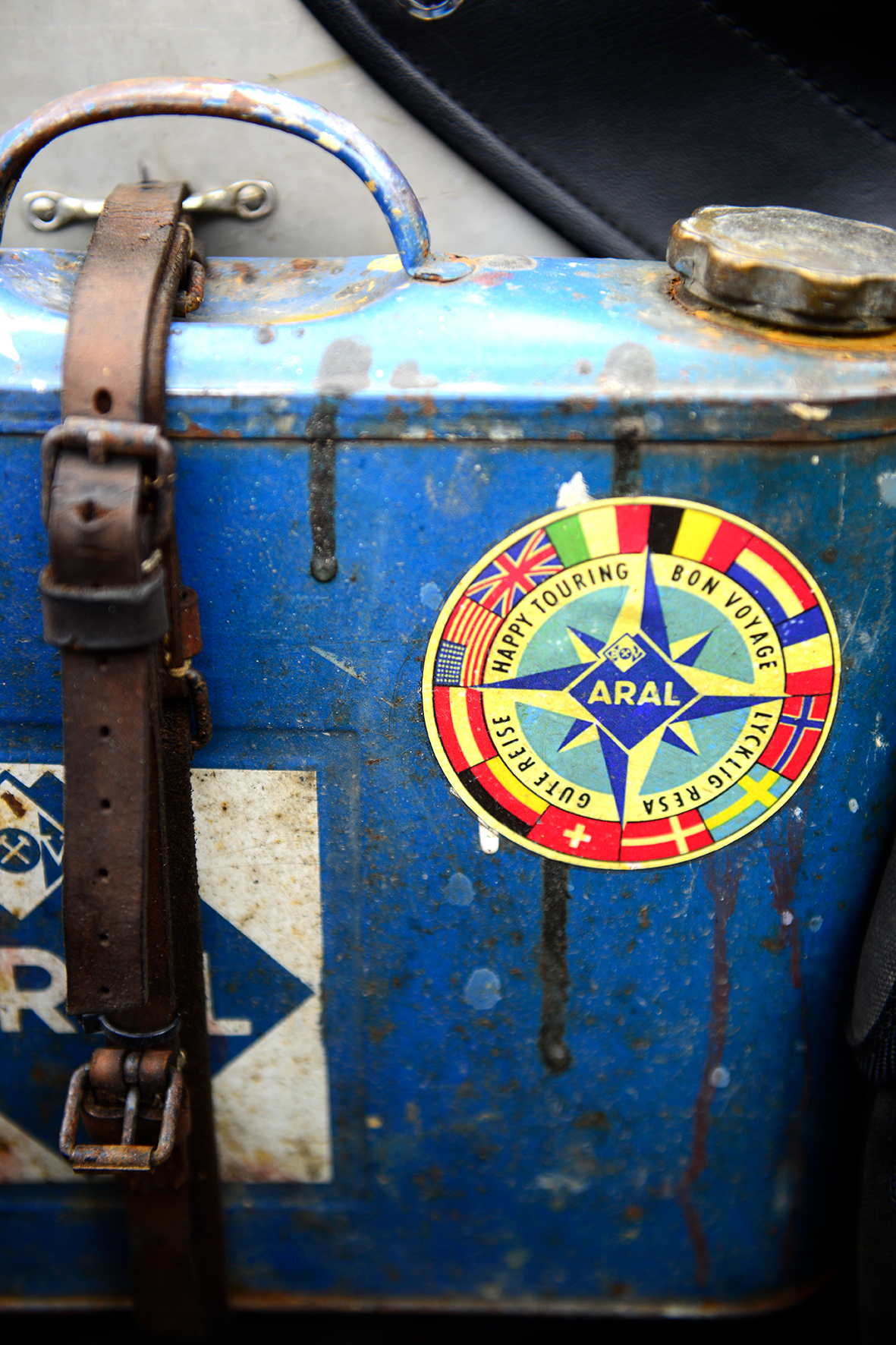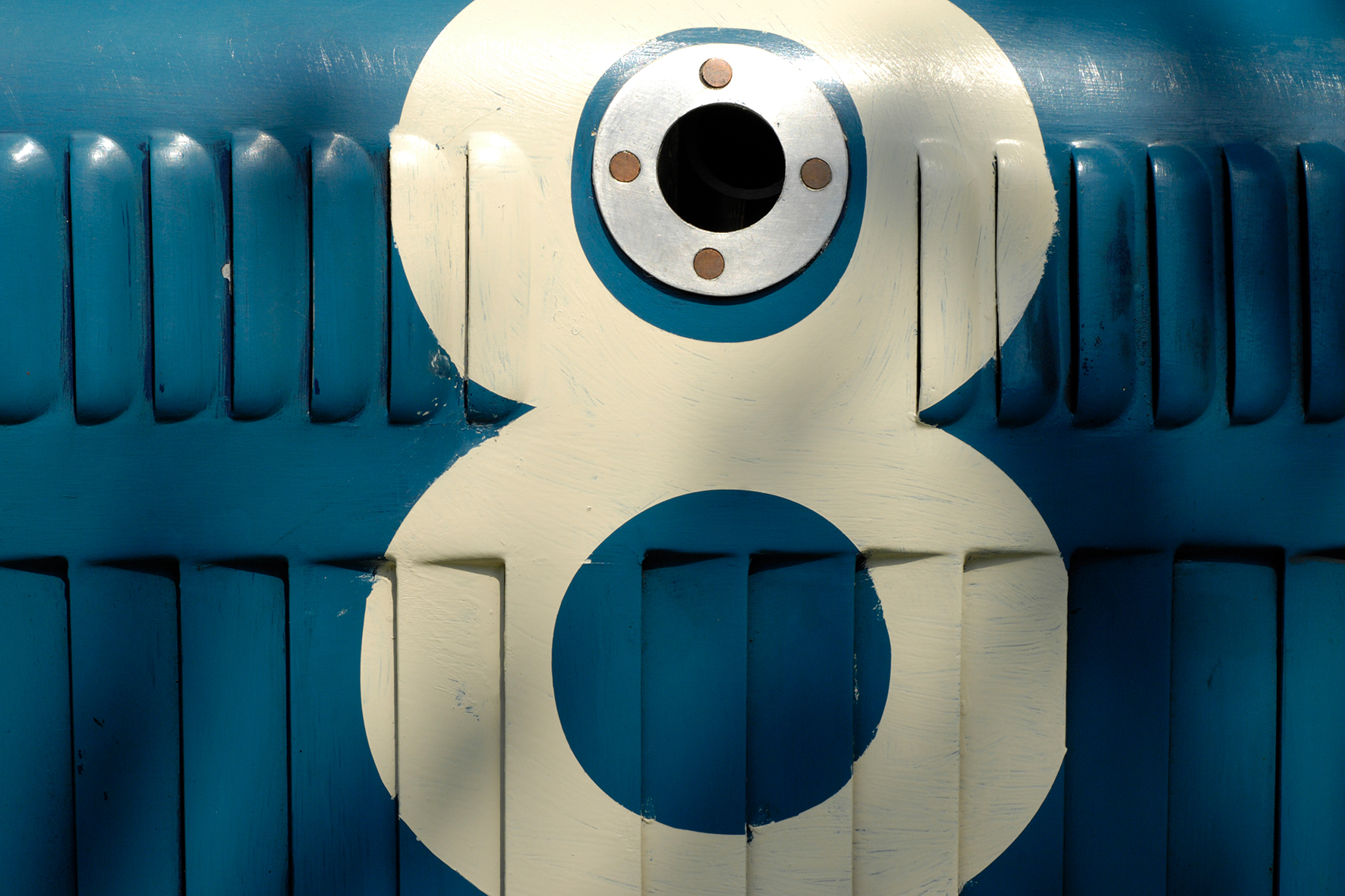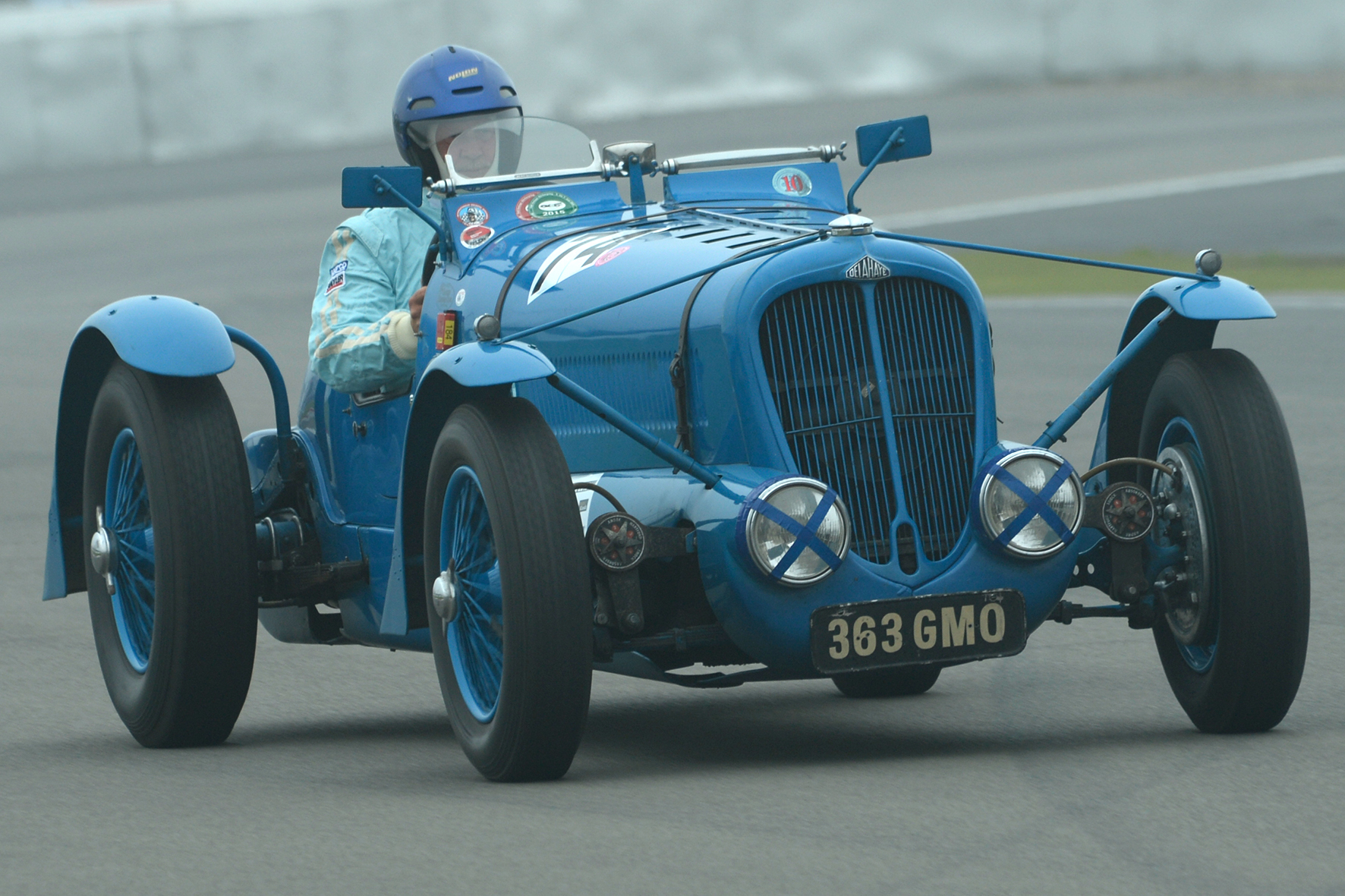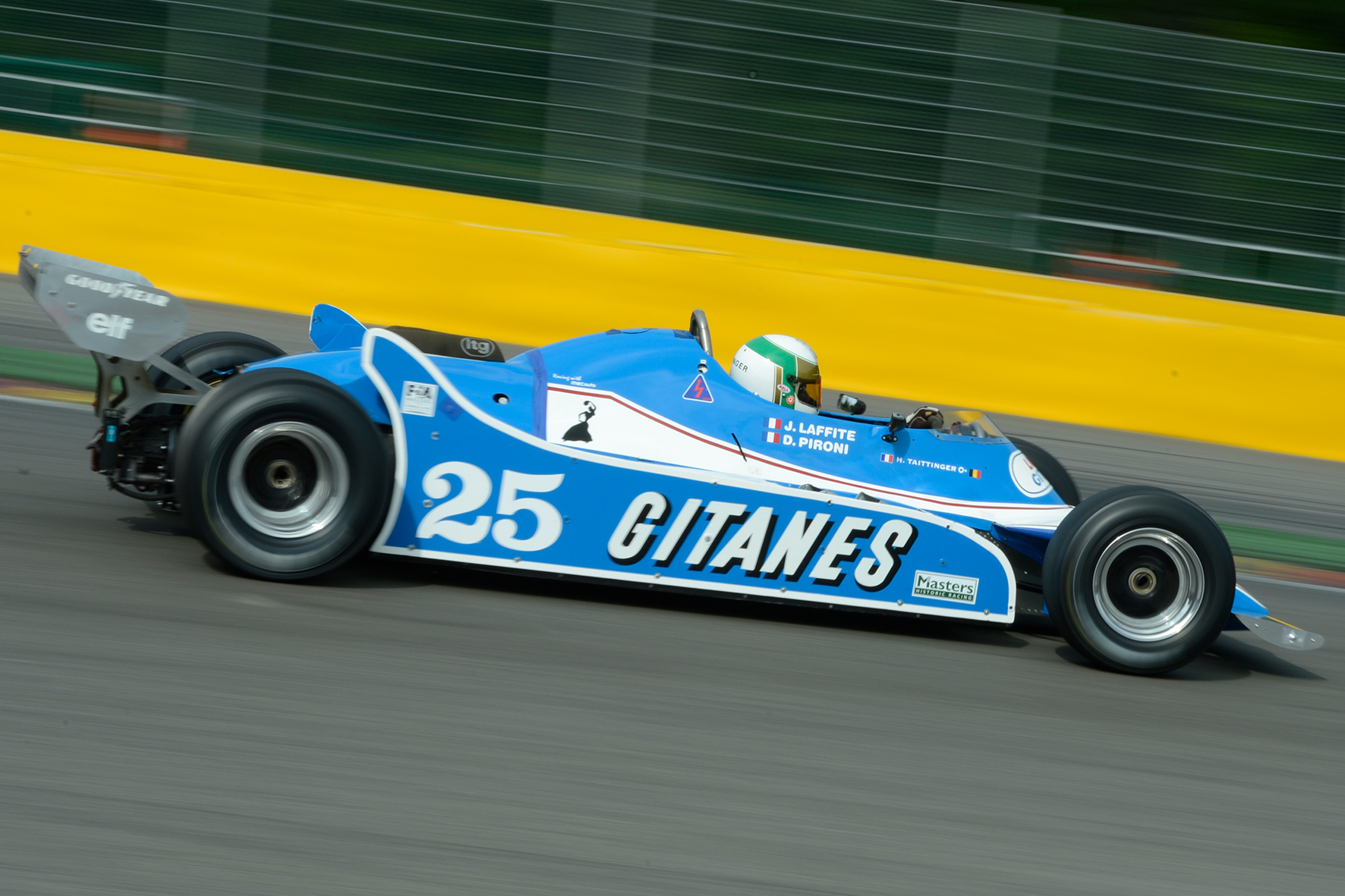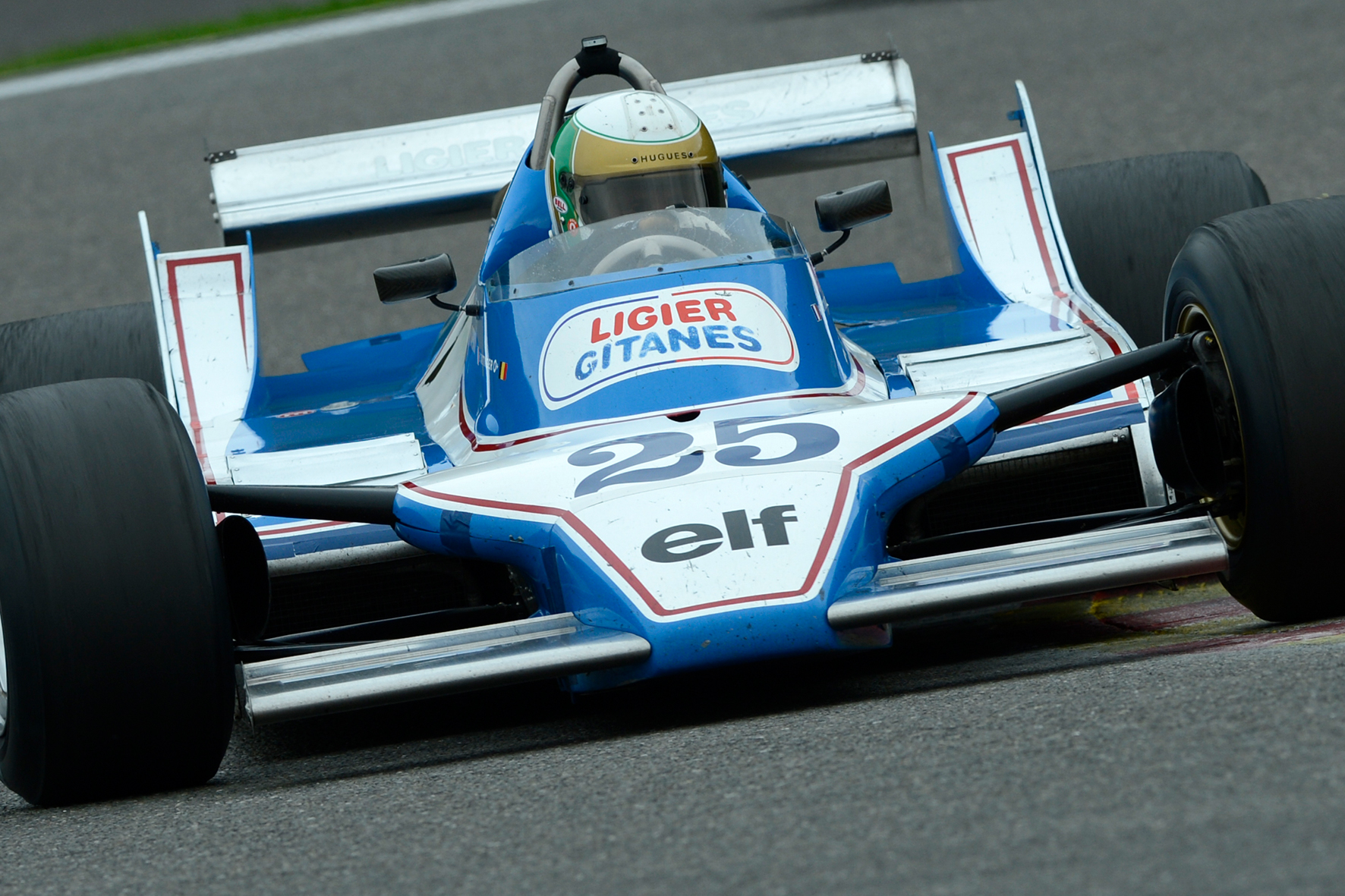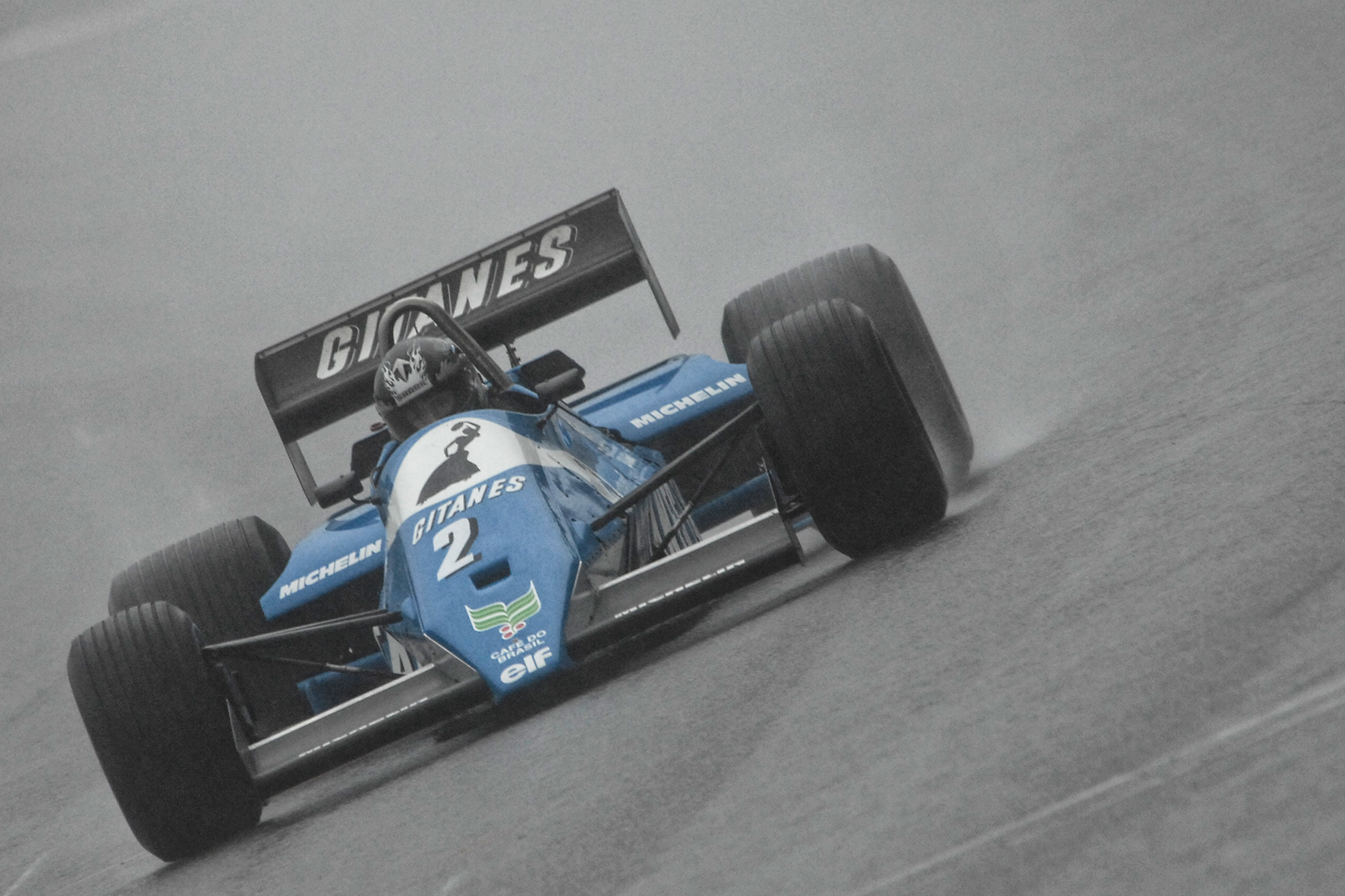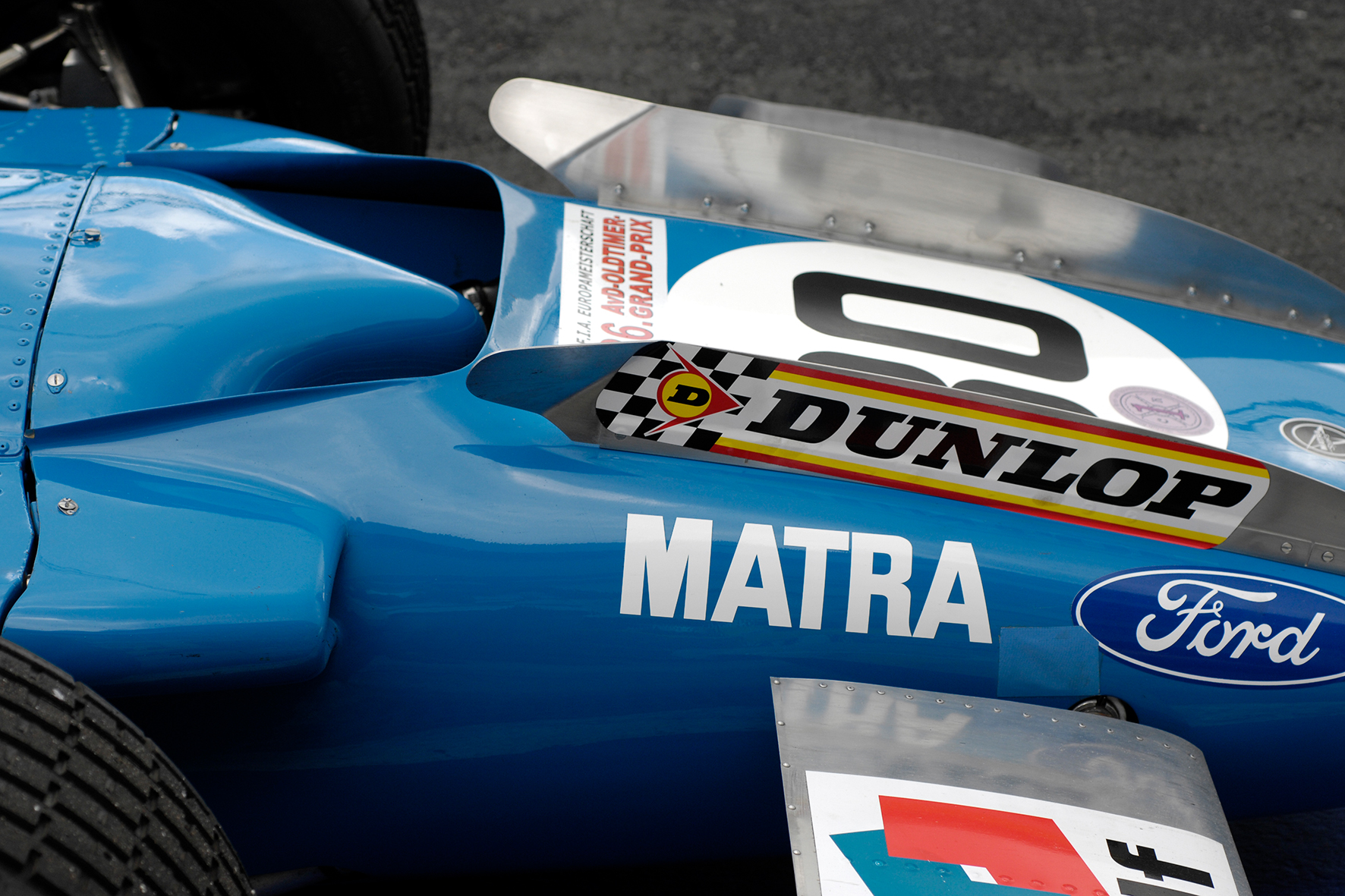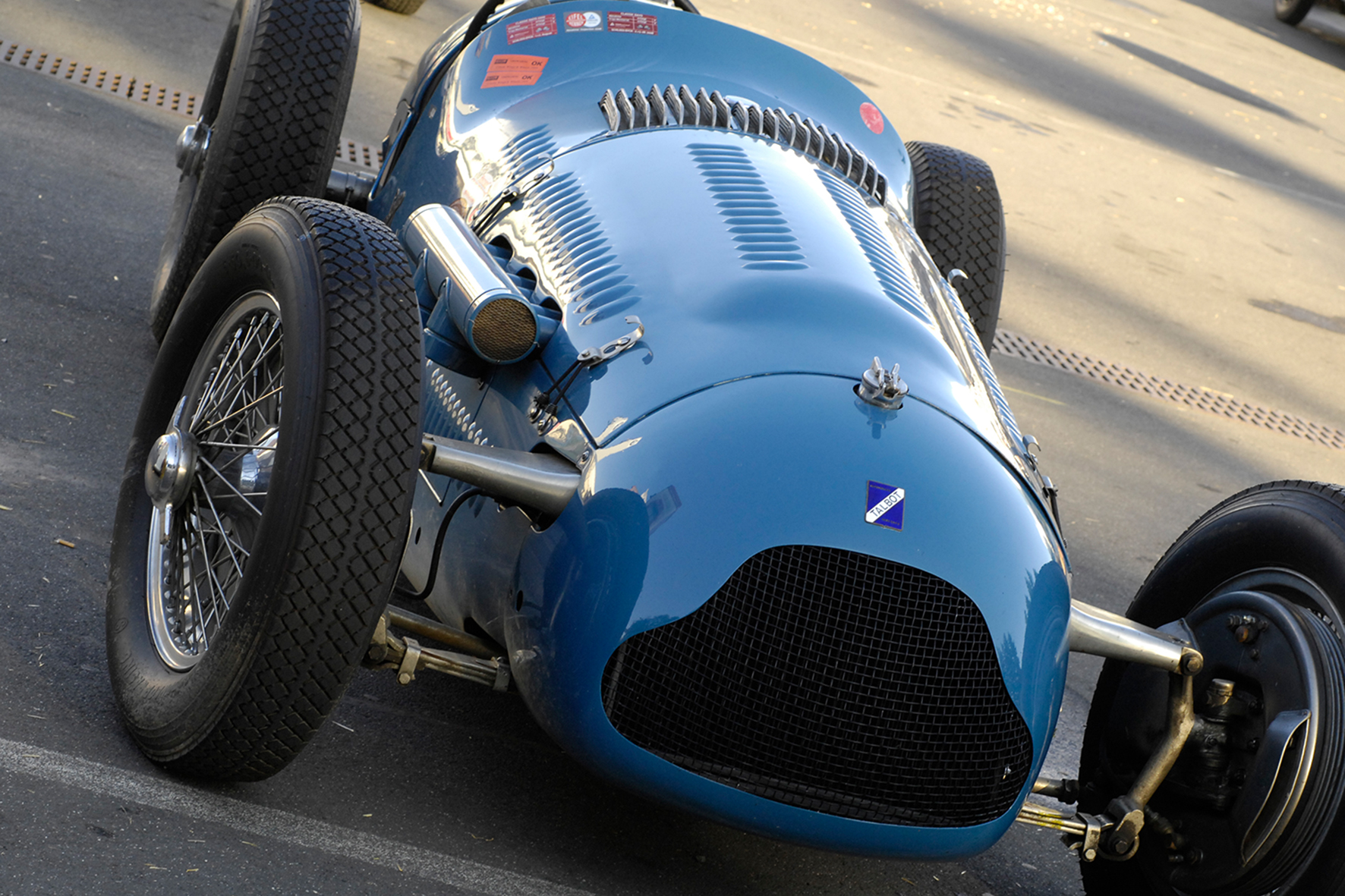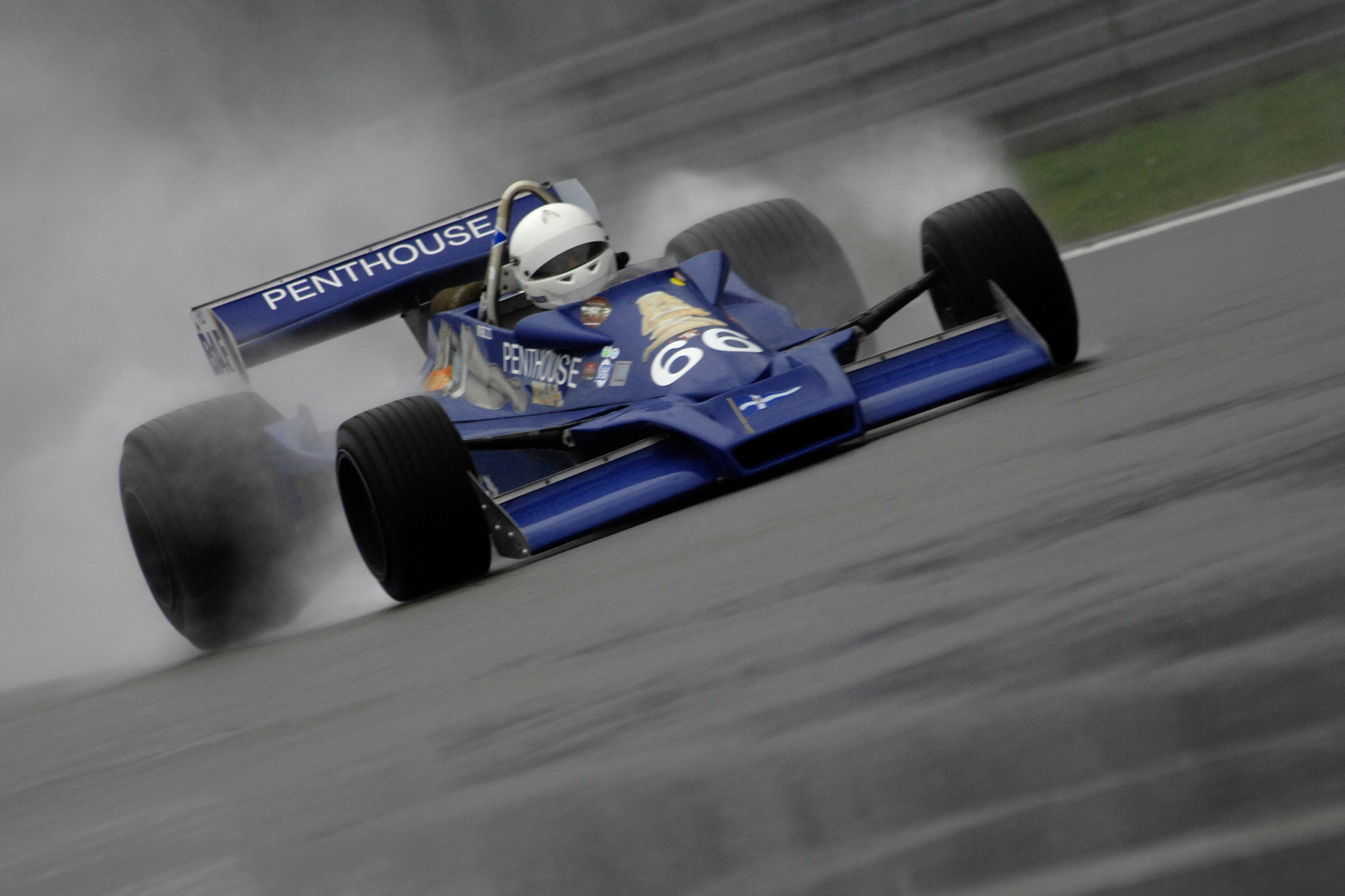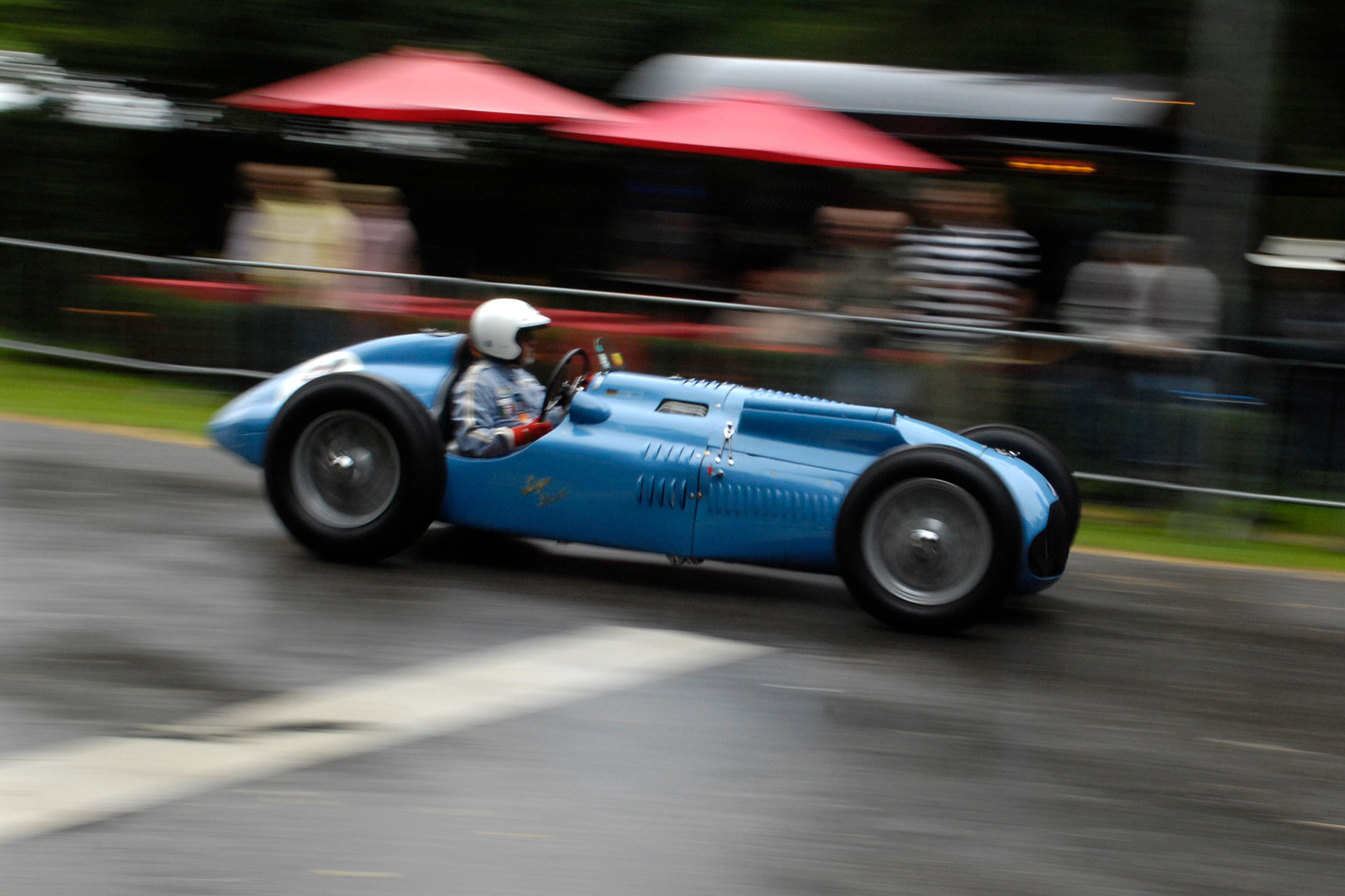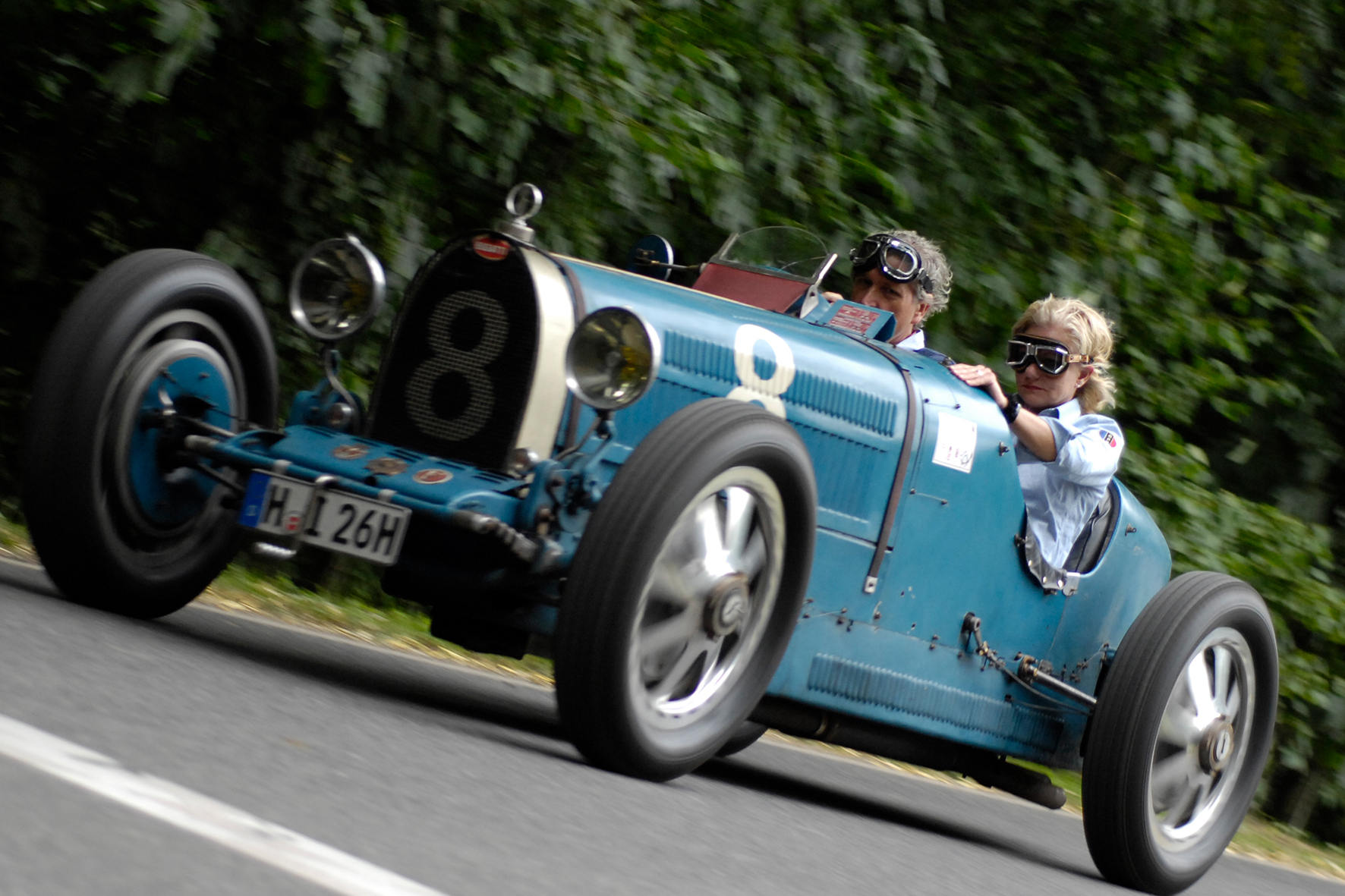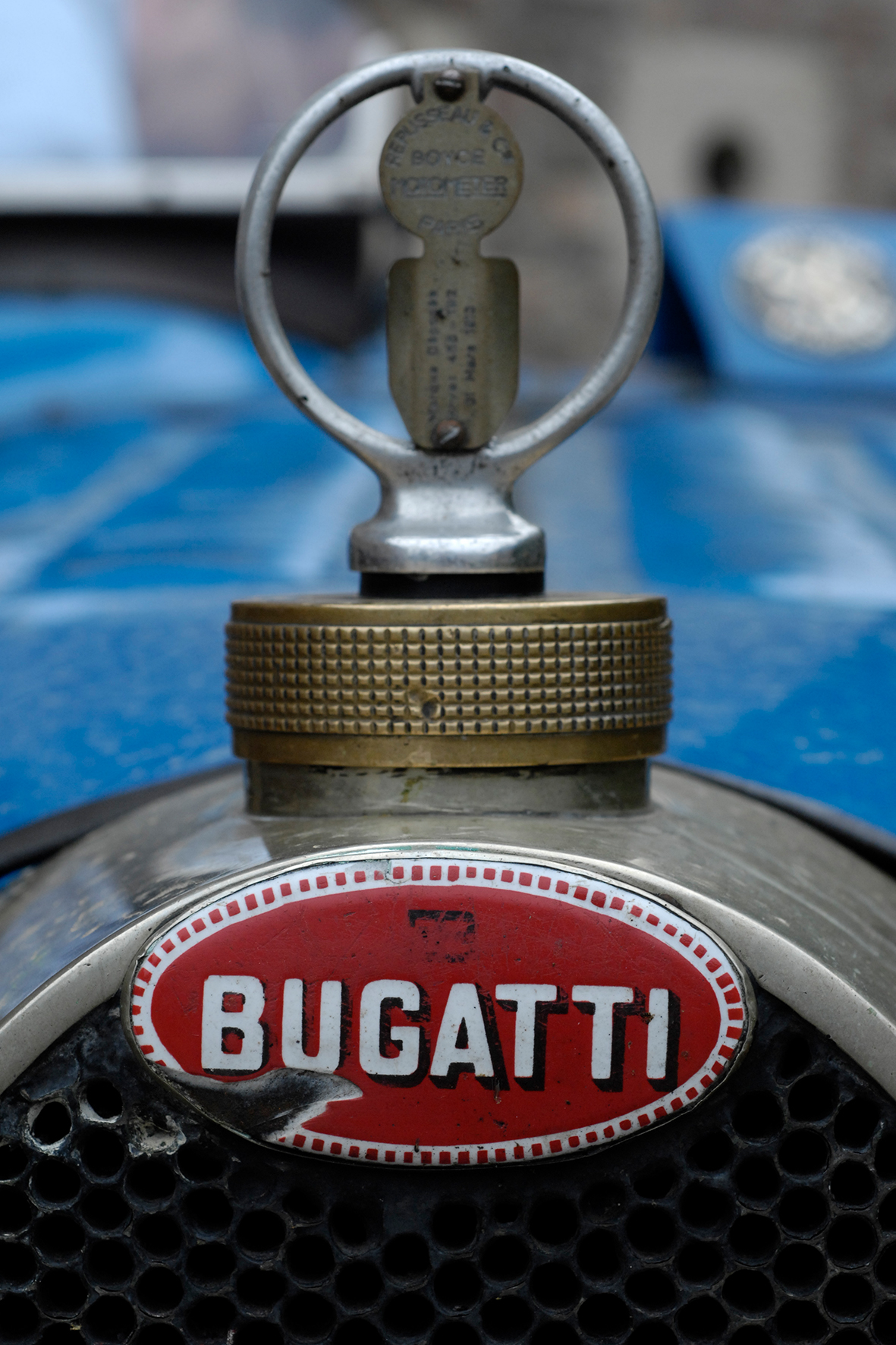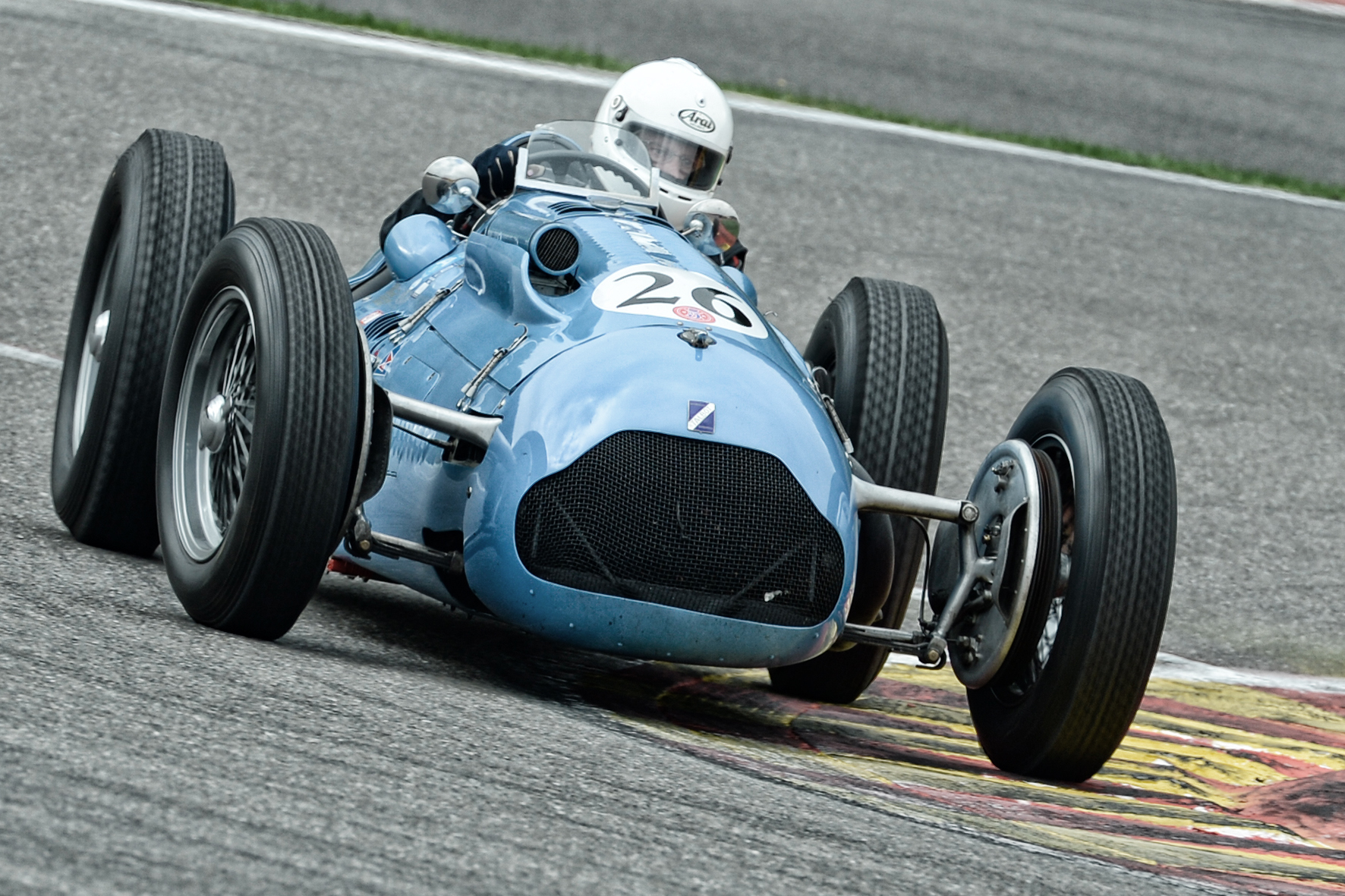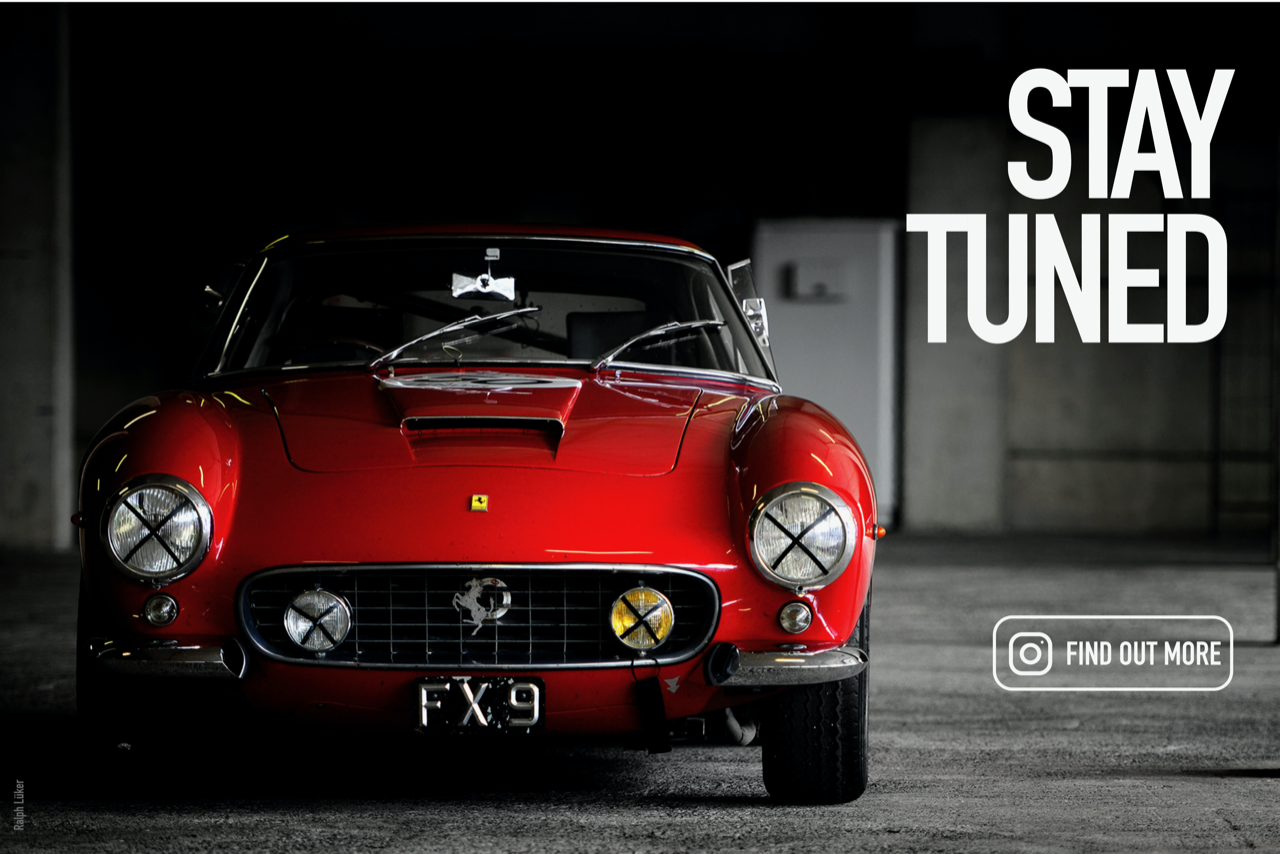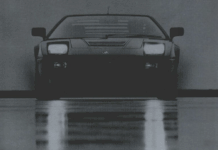In the early days of motor racing, it was customary to assign the racing cars their national origin through their colour scheme. The colour red, which is still the basic colour of Scuderia Ferrari today, naturally stood for Italy. England was represented by the colour green, also known as British Racing Green. Germany was represented by the colour white, later of course by silver with the famous silver arrows from Mercedes Benz and Auto Union. The story of when white became silver has been told many times, apparently the legendary tale of the excessive weight of the Grand Prix cars and the idea of reducing this by sanding off the white paintwork is not really true, but it certainly remains a nice anecdote.
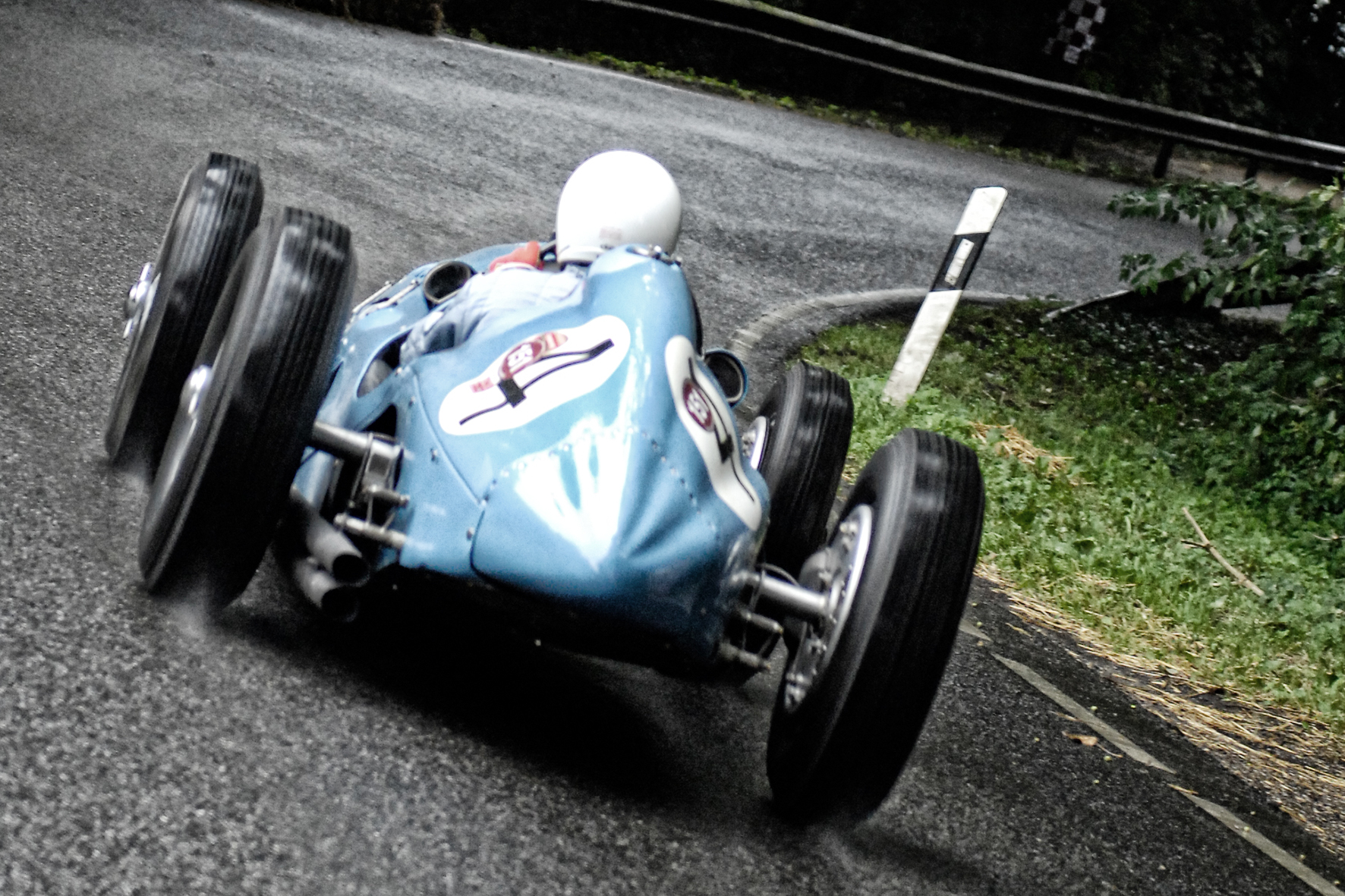
The colour blue stood for the French racing cars. The Bugatti Grand Prix racing cars, for example, started in a beautiful mid-blue colour. But of course the beautiful Talbot racing cars were also blue. To this day, a Talbot Lago still takes part in the HGPCA races, but it is painted in a rather light blue colour. The French Ligier Formula 1 team also raced in blue. Although the colour of the sponsor already played a major role in the seventies, the French Blue of the Gitanes cigarette brand perfectly matched the French origins of Guy Ligier’s racing team. The Matra MS 80 in which Jackie Stewart celebrated his first drivers’ title in the Formula 1 World Championship in 1969 was also painted blue. Later, in 1970 to be precise, the French Blue became dark blue when Ken Tyrrell decided to use his own chassis with the Cosworth V8 DFV engine. Although the Tyrrell Racing Organisation was of course a British team, the Formula 1 racing cars were painted in dark blue to match the French main sponsor ELF.
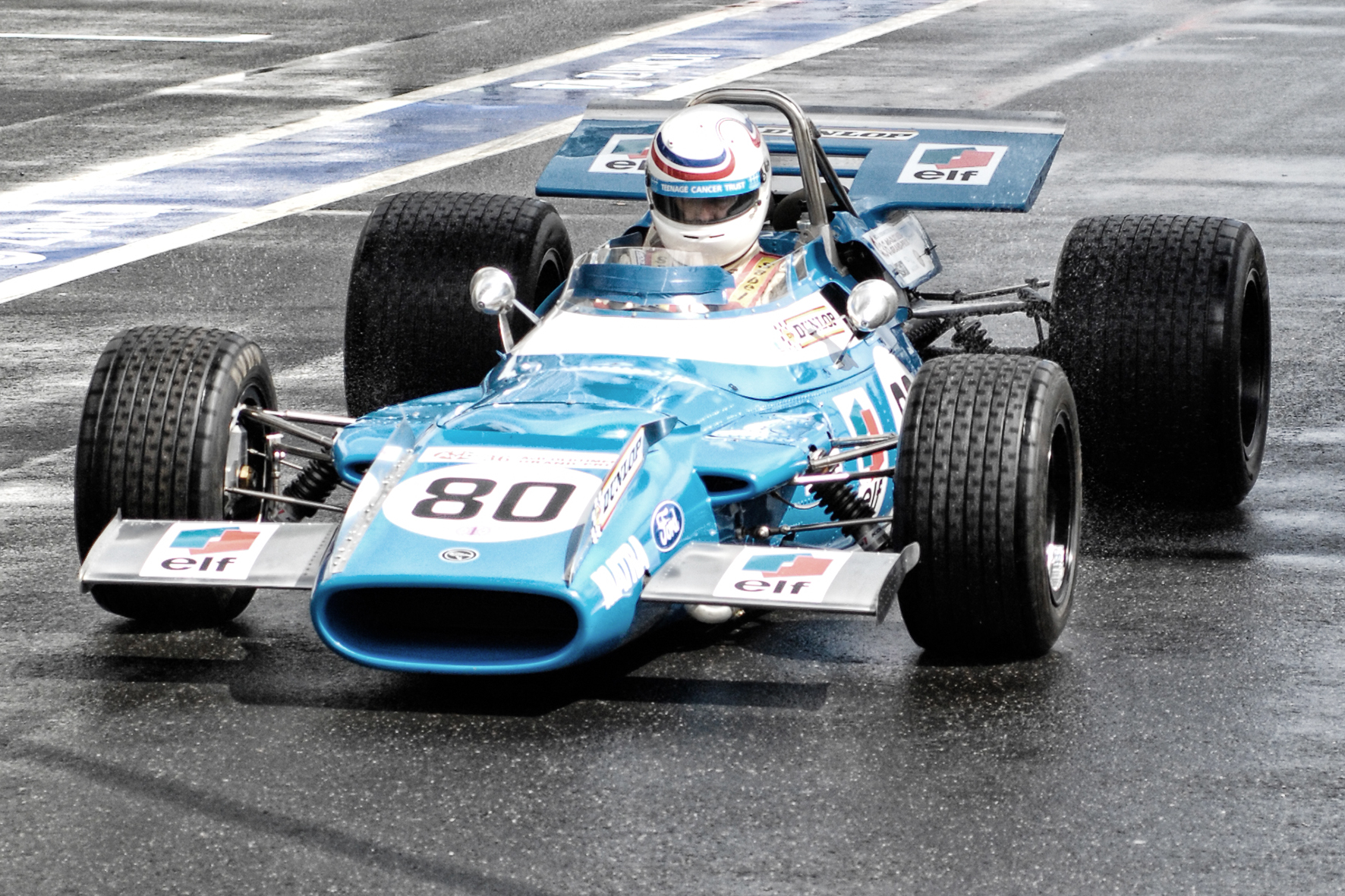
The legendary Renault Alpine A110, which dominated the rally scene in the seventies with numerous victories, including at the Monte Carlo Rally, also started in blue, of course, but in a medium blue metallic paint finish with a slight grey tint.
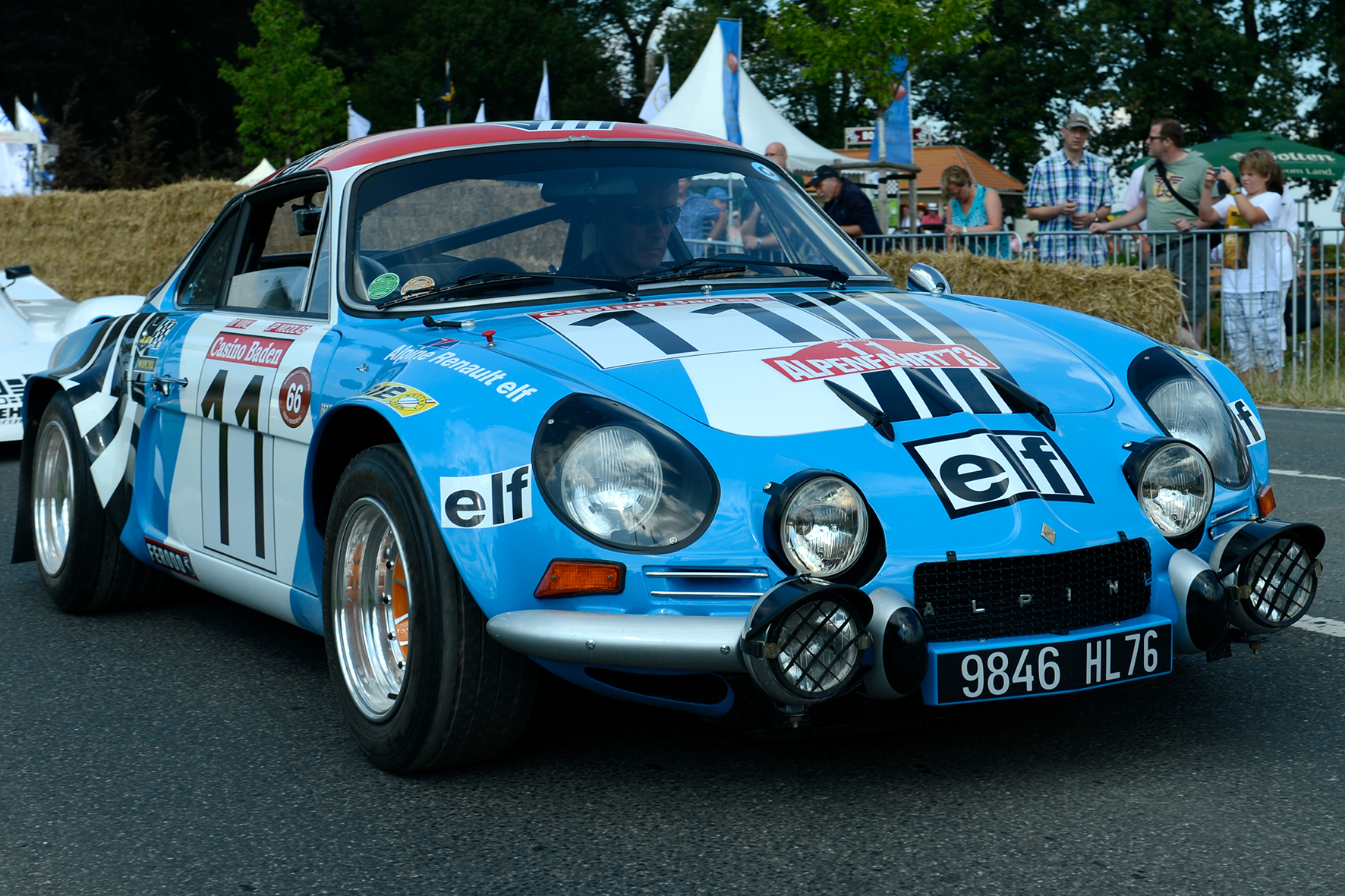
In 2021, the new Renault Formula 1 works team, renamed Alpine F1, also started in blue. Things were different when Renault made its Formula 1 debut in 1977 with pioneering technology in the form of the first turbocharged engine, which always went up in smoke in the first races. But with the determination of the engineers around Jean-Pierre Jabouille, it was finally possible to utilise the advantages of this technology and thus begin a new era in Formula 1. The Renault racing cars started out in a livery of yellow, black and white. This colour scheme corresponded to the corporate design of the Renault brand at the time.
The colour term ‘French blue’ is also used in art and interior design. It is defined somewhat differently, but comes from the ‘royal blue’ family and describes a sophisticated medium-deep shade with a subtle hint of grey. This particular colour lends a certain elegance which suits the French racing cars of the time very well. French culture, whether in fashion, art or lifestyle, still has a penchant for elegance today. Find out more about our photographer Ralph Lüker.
A colorful story – to be continued
Part One : French Blue – Part two : British Racing Green – Part three : Rosso Italiano – Part four : German White
